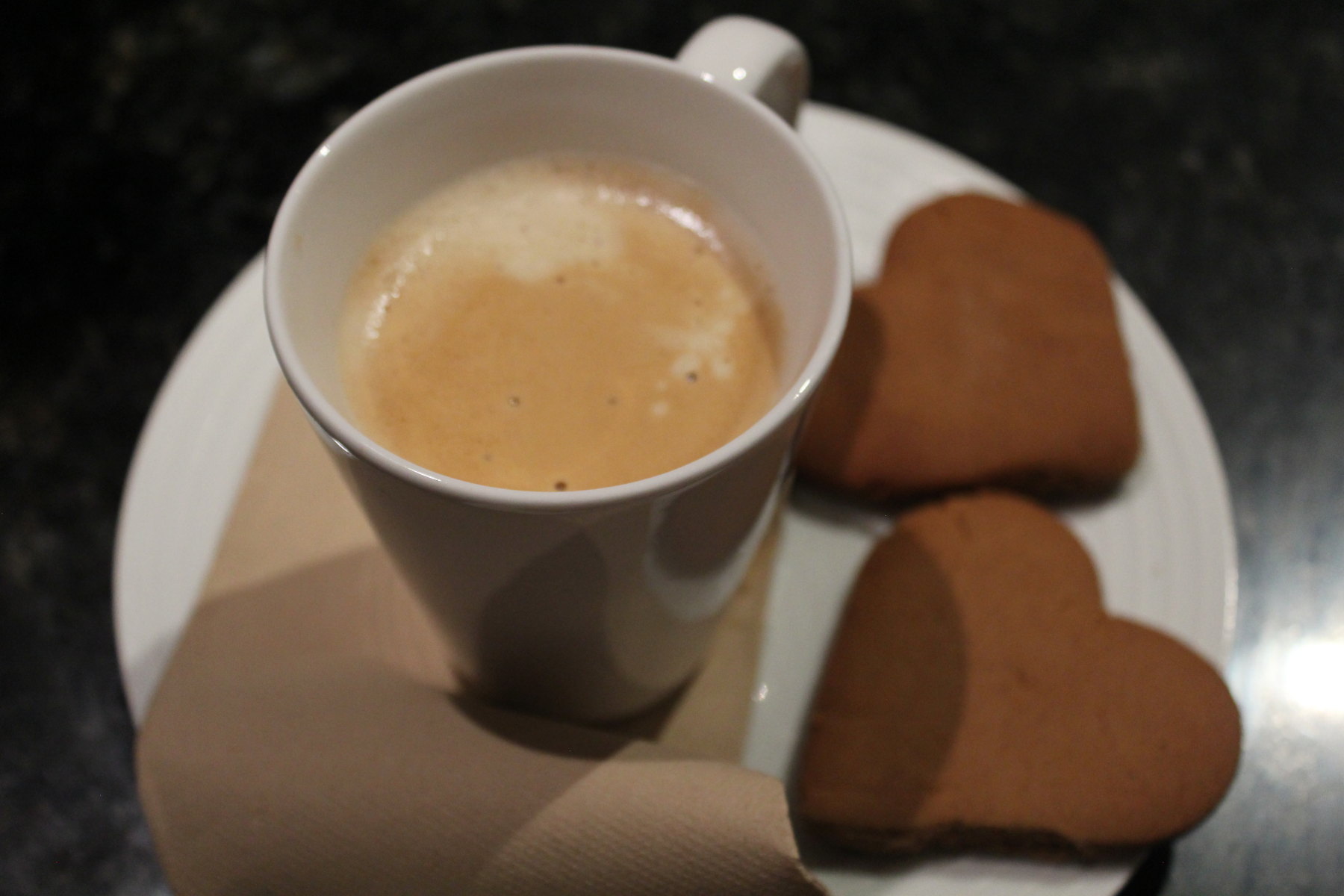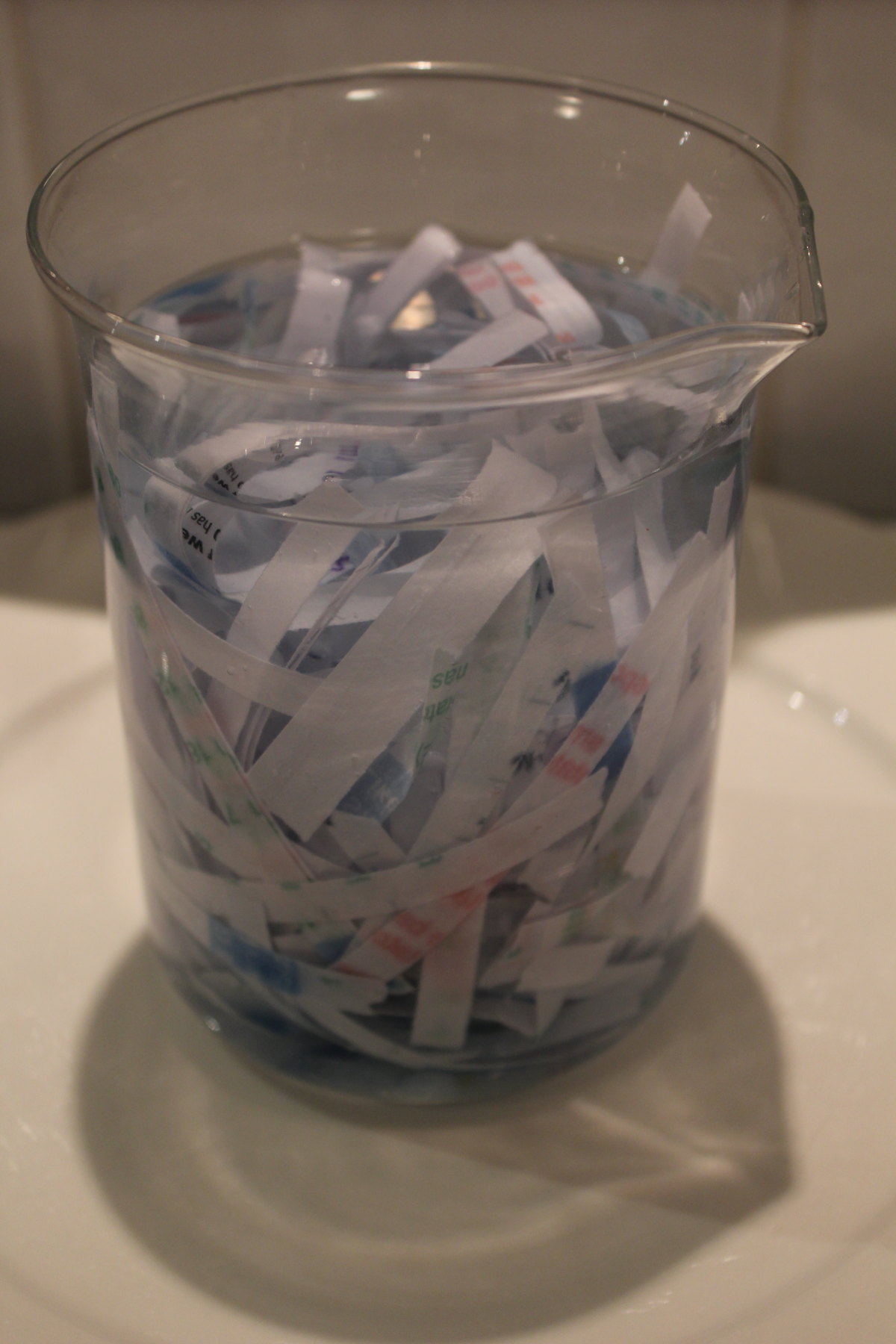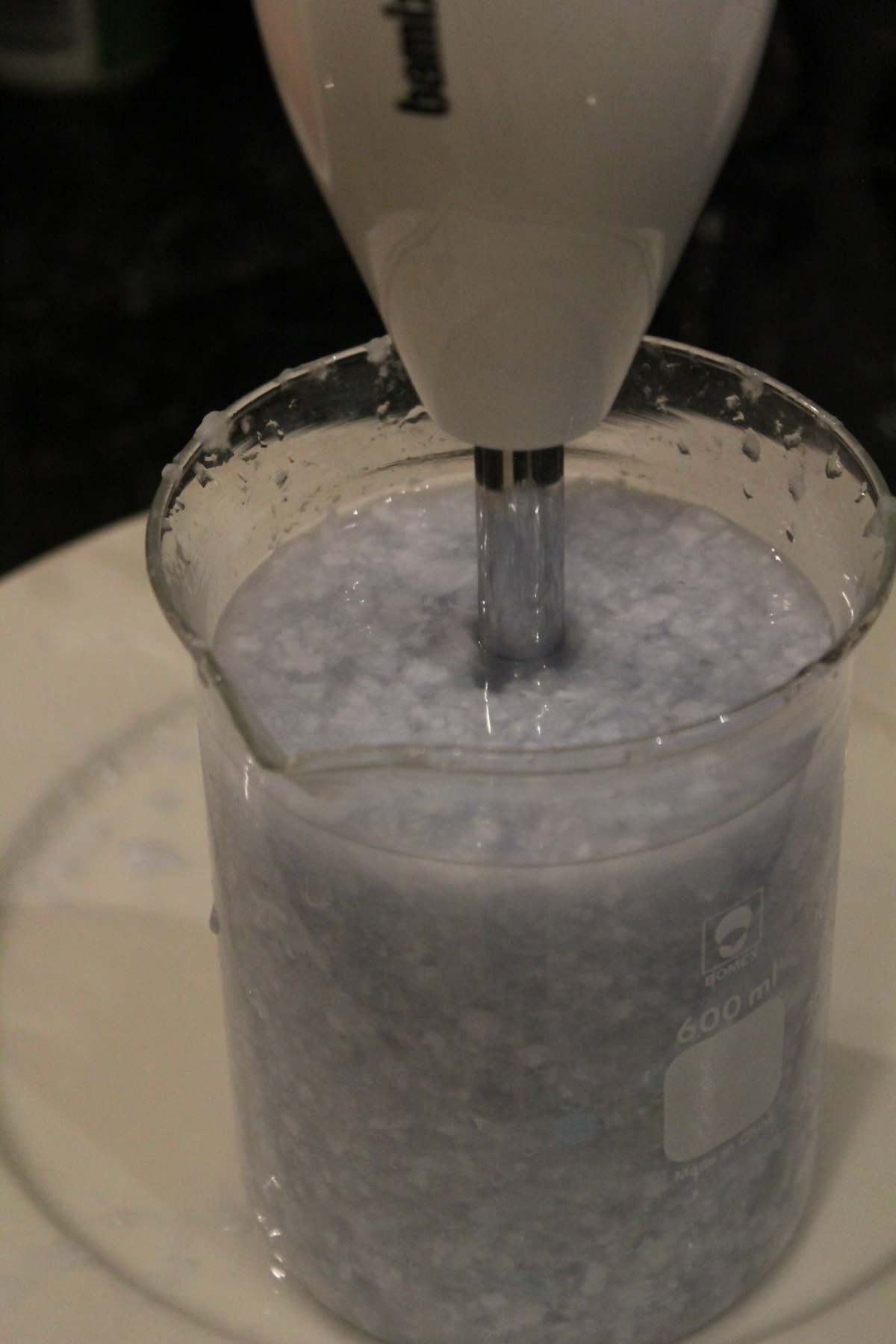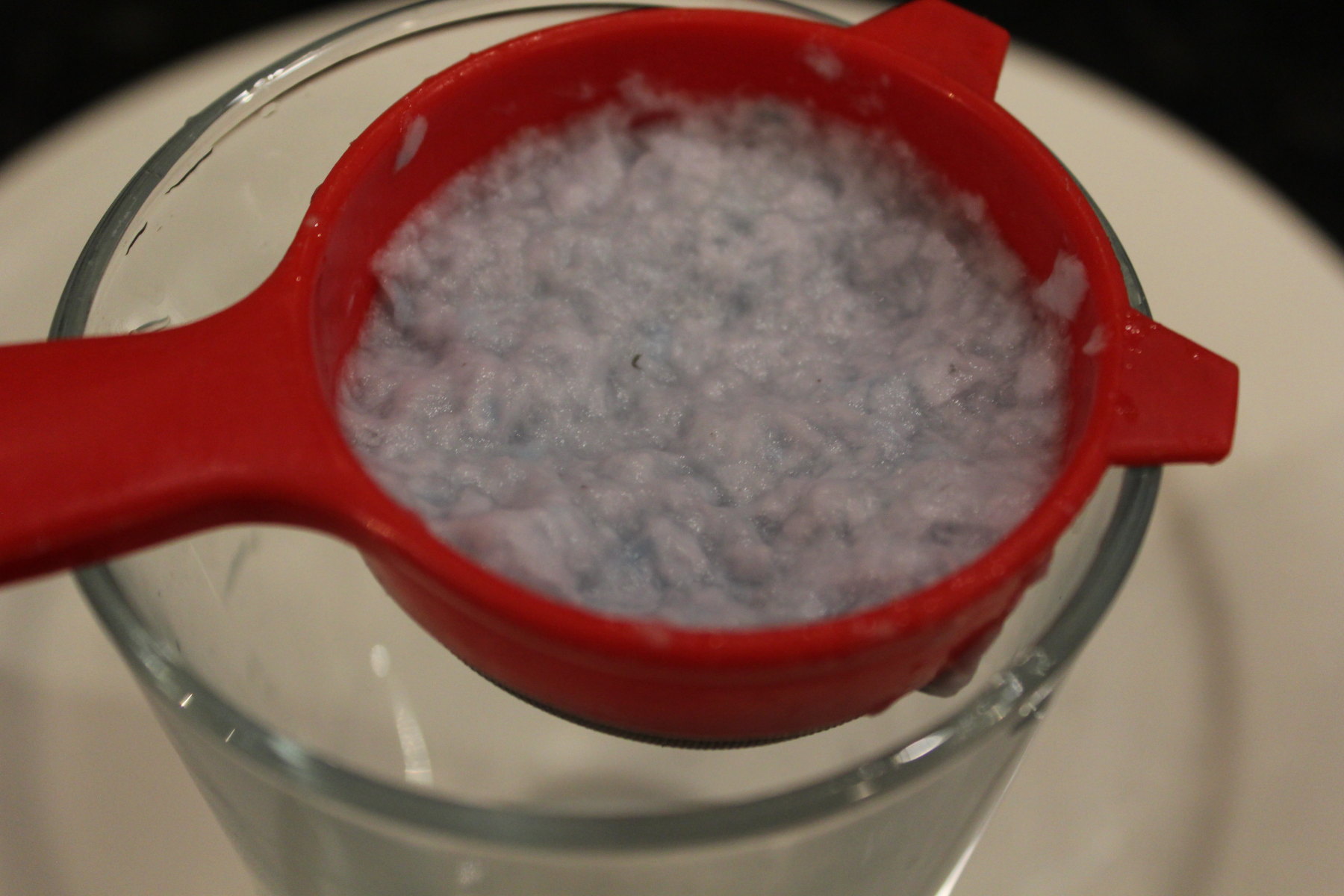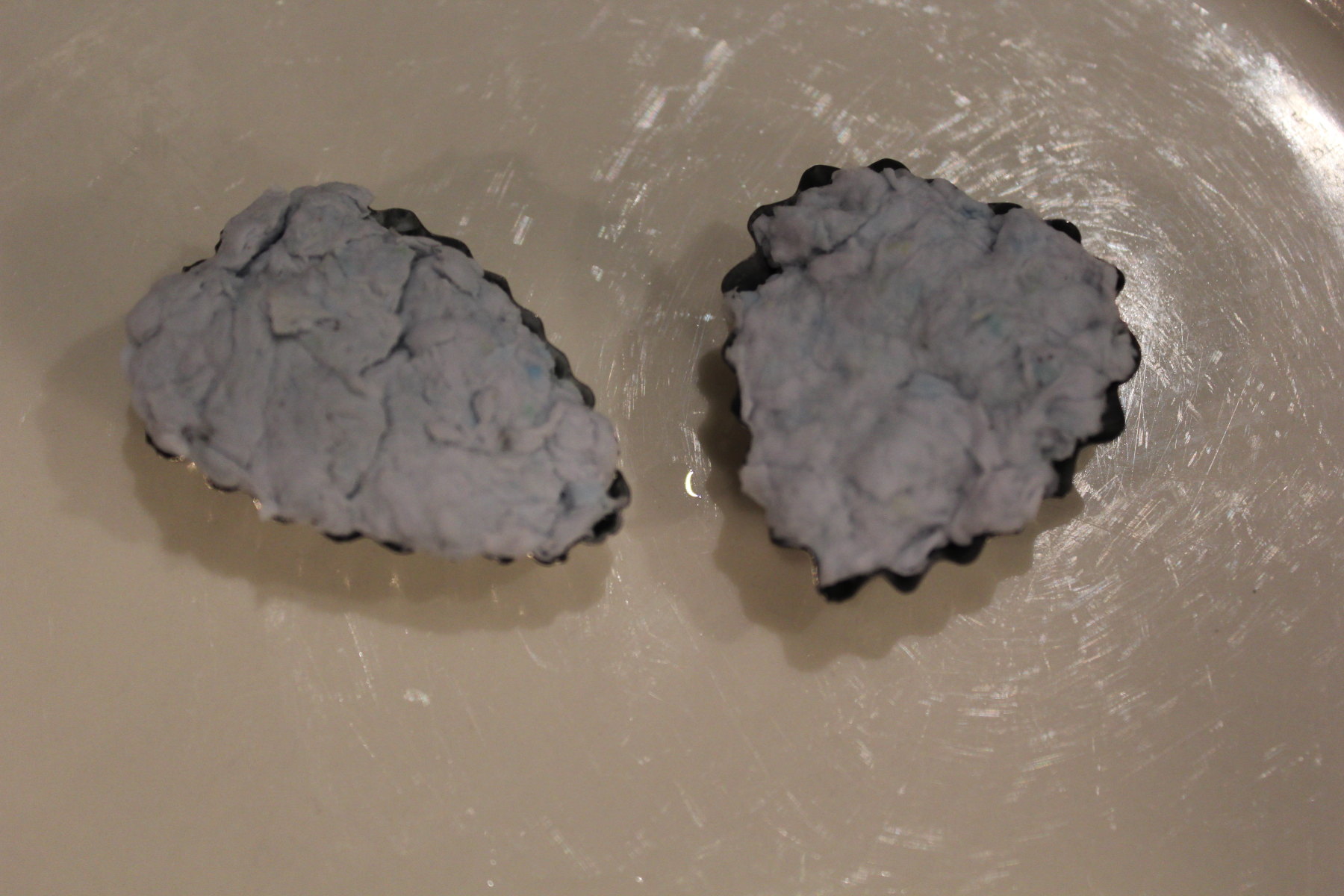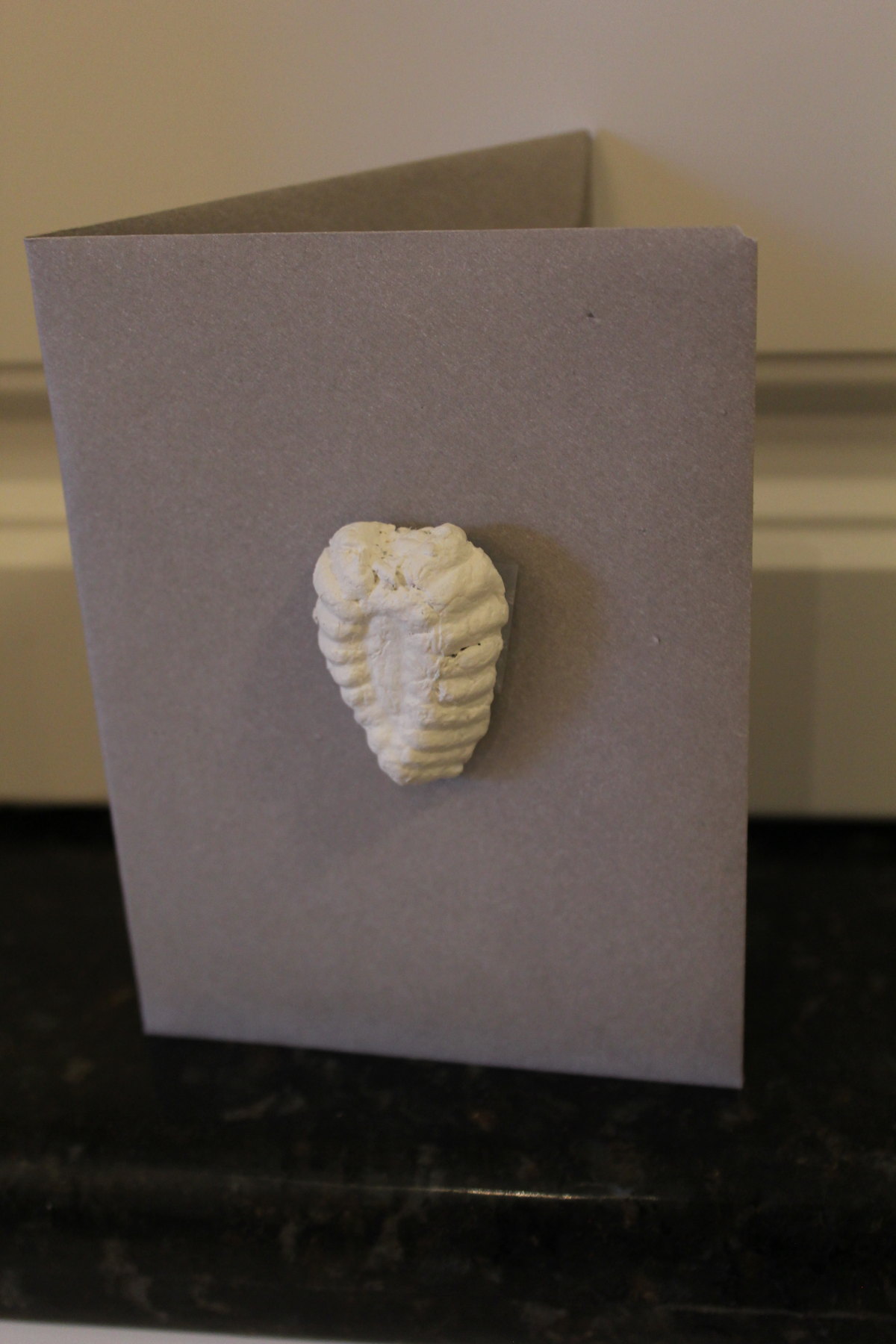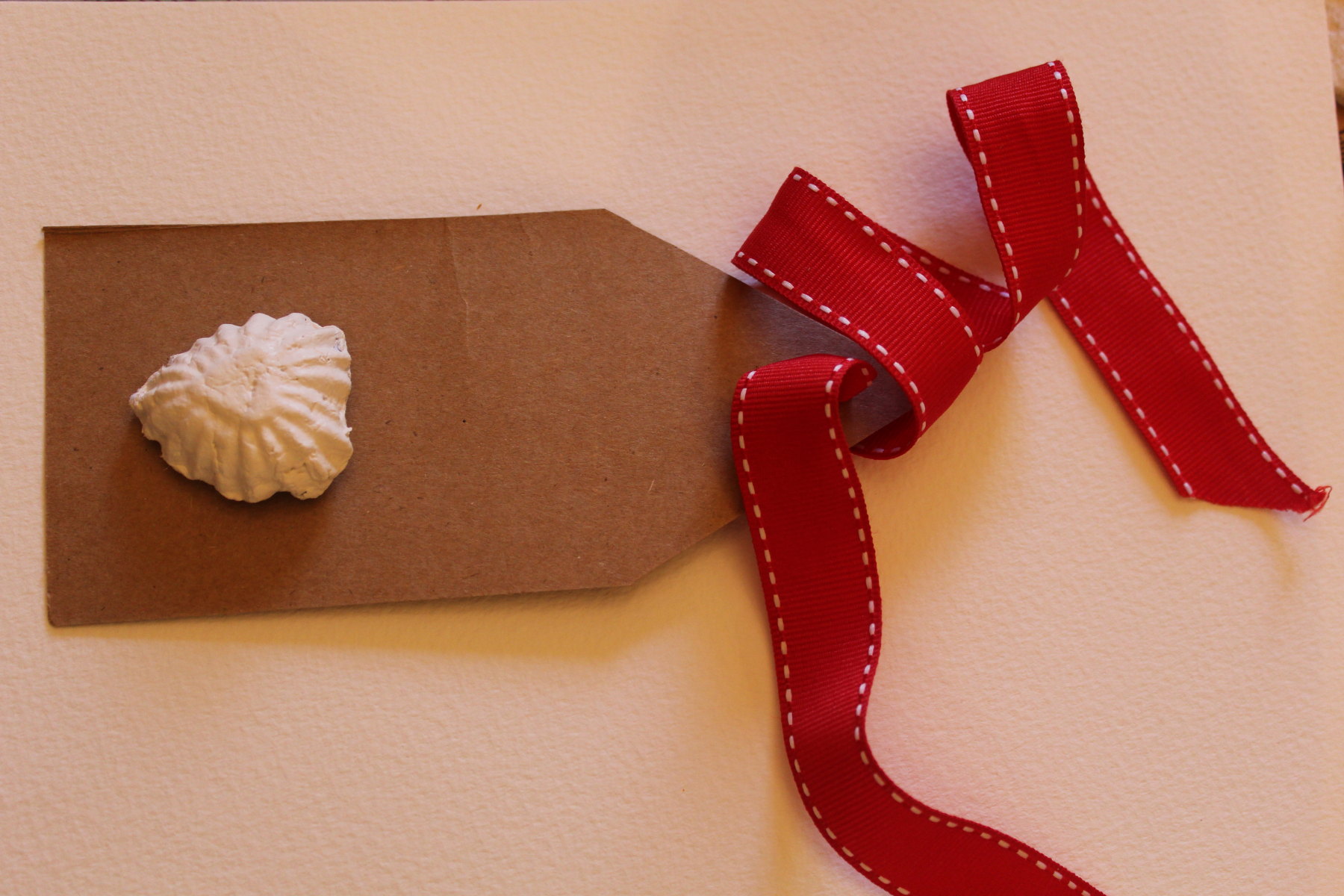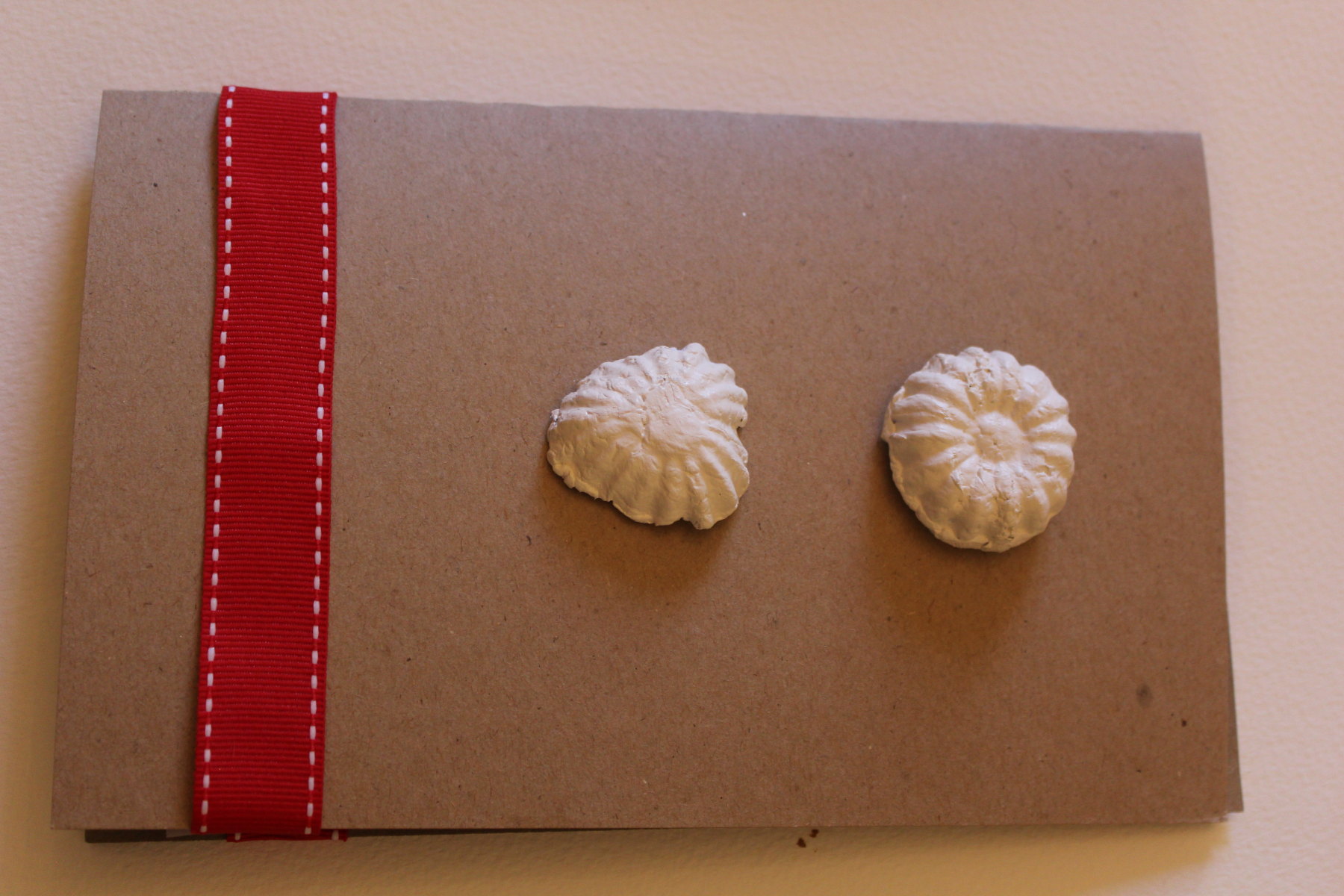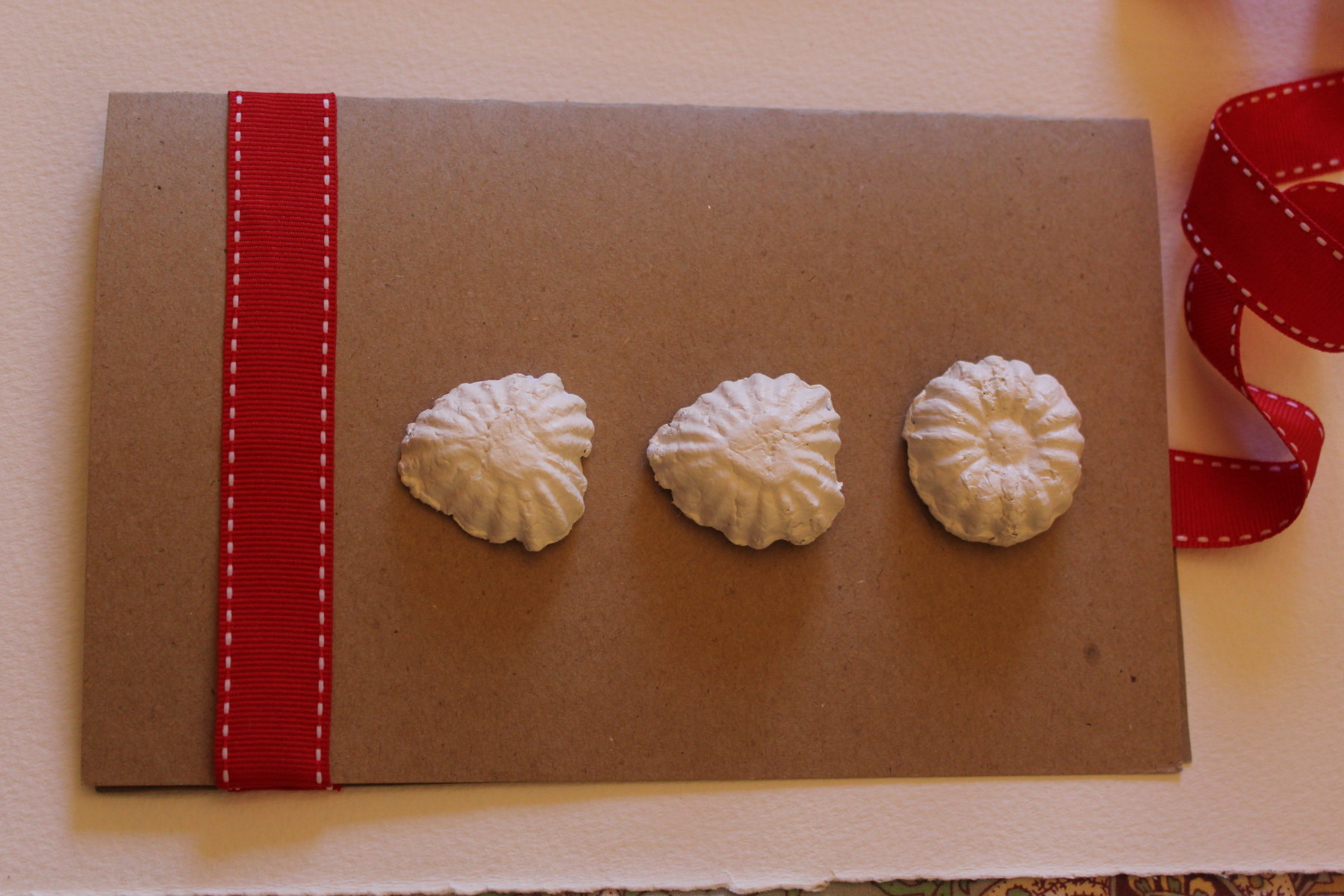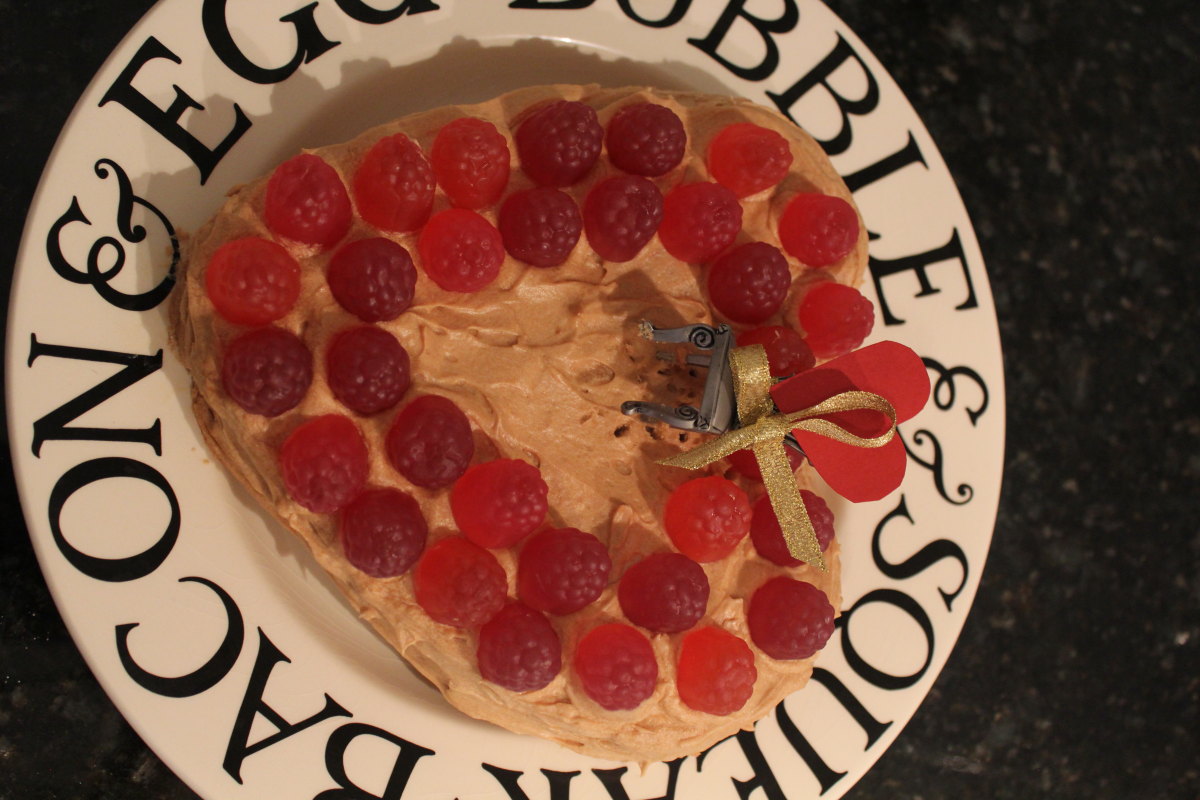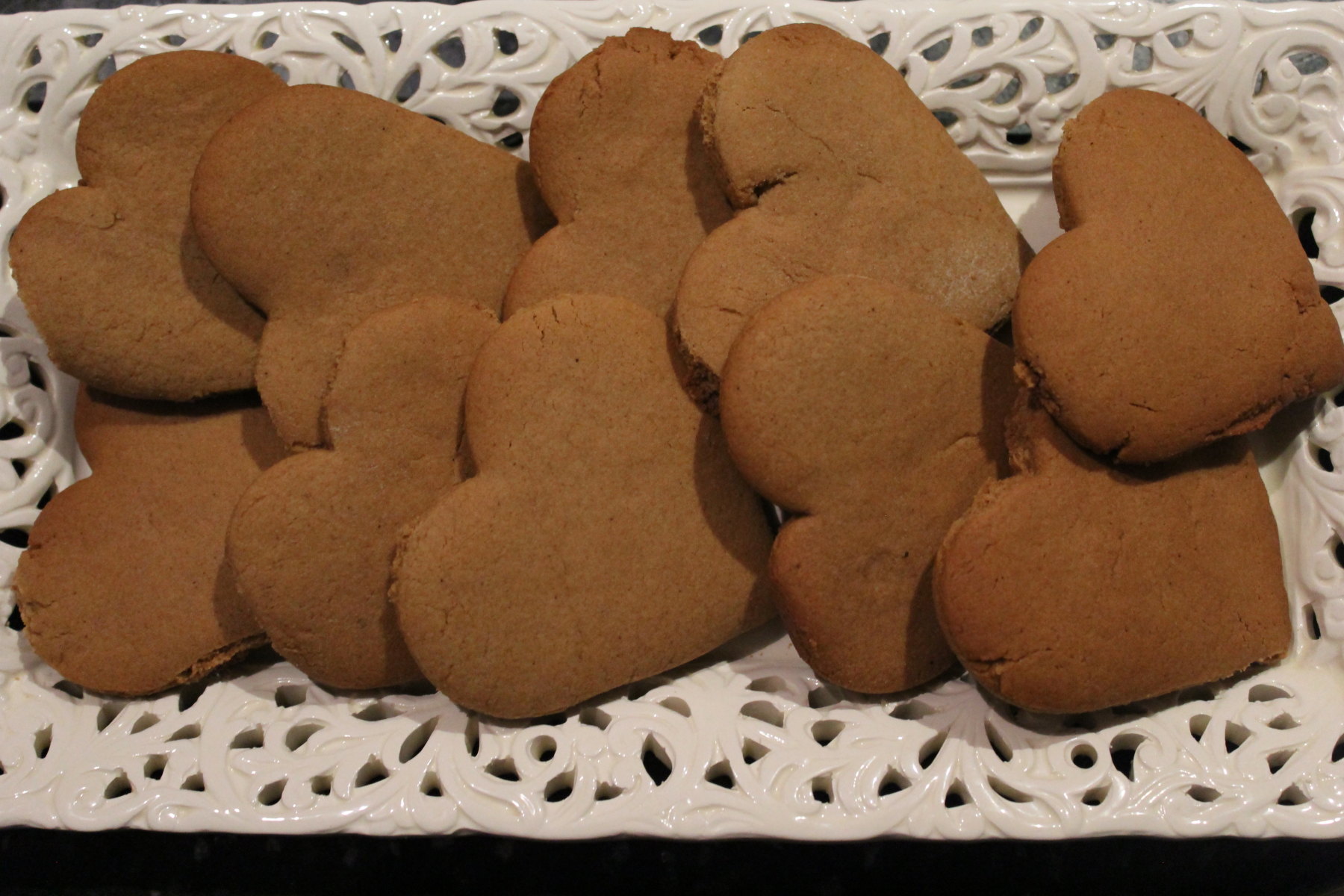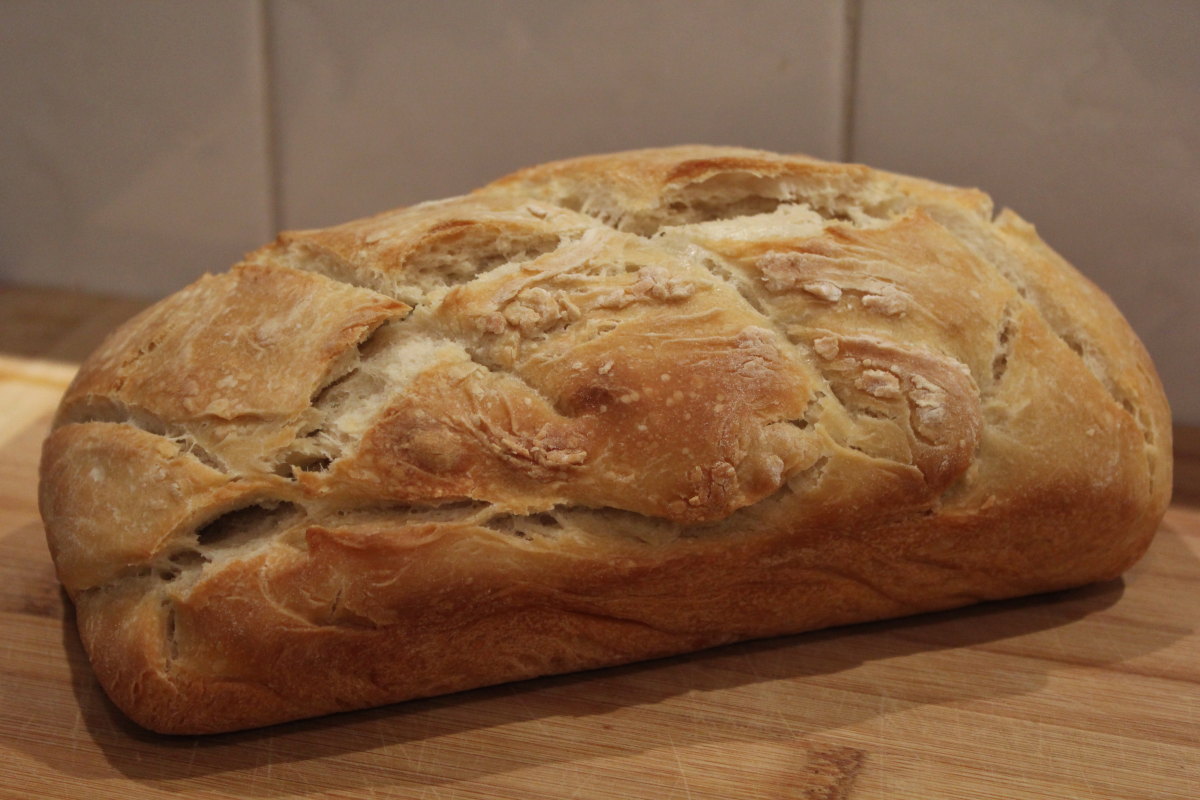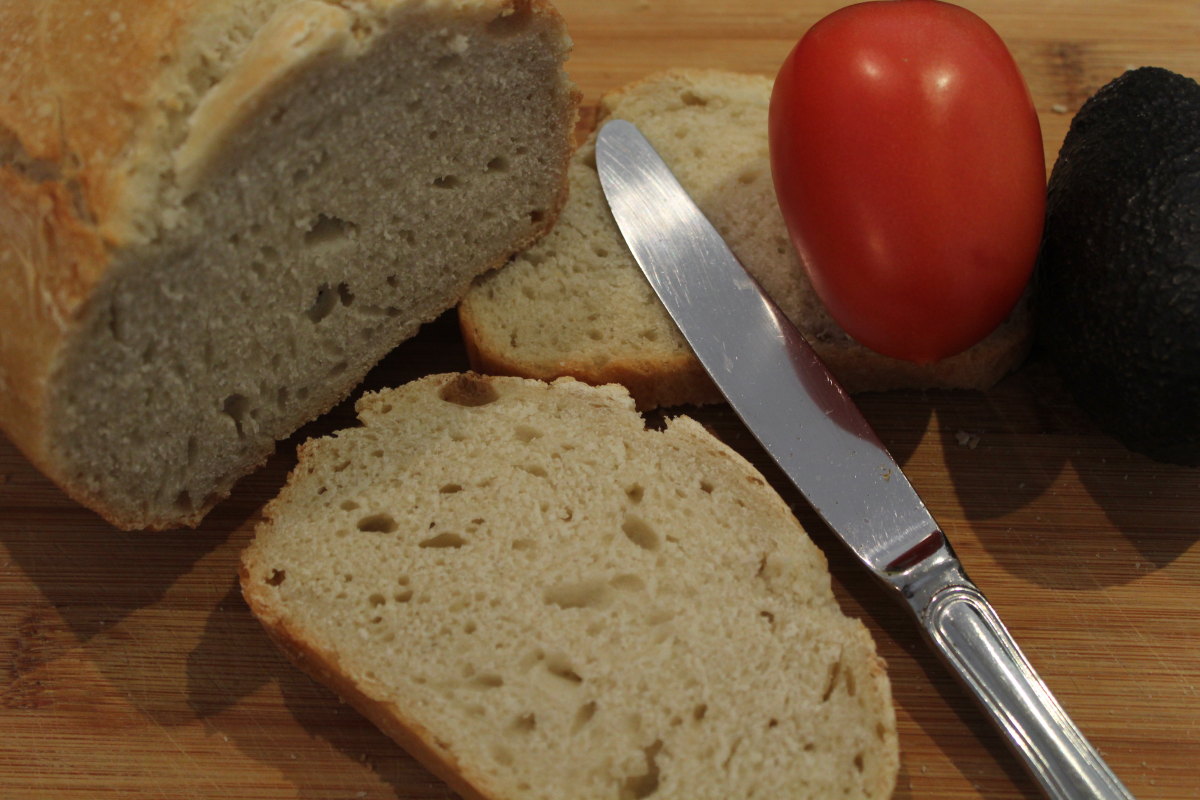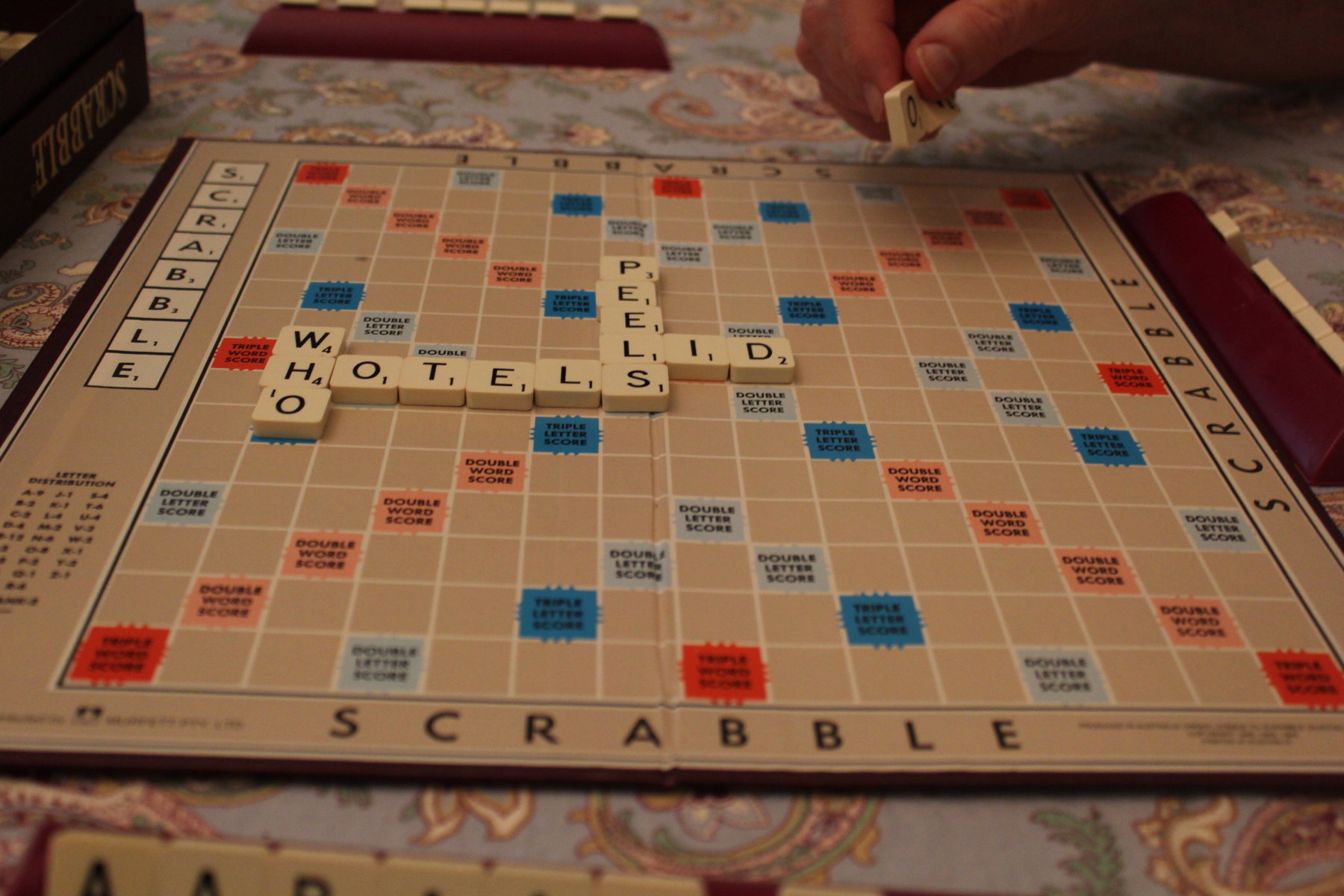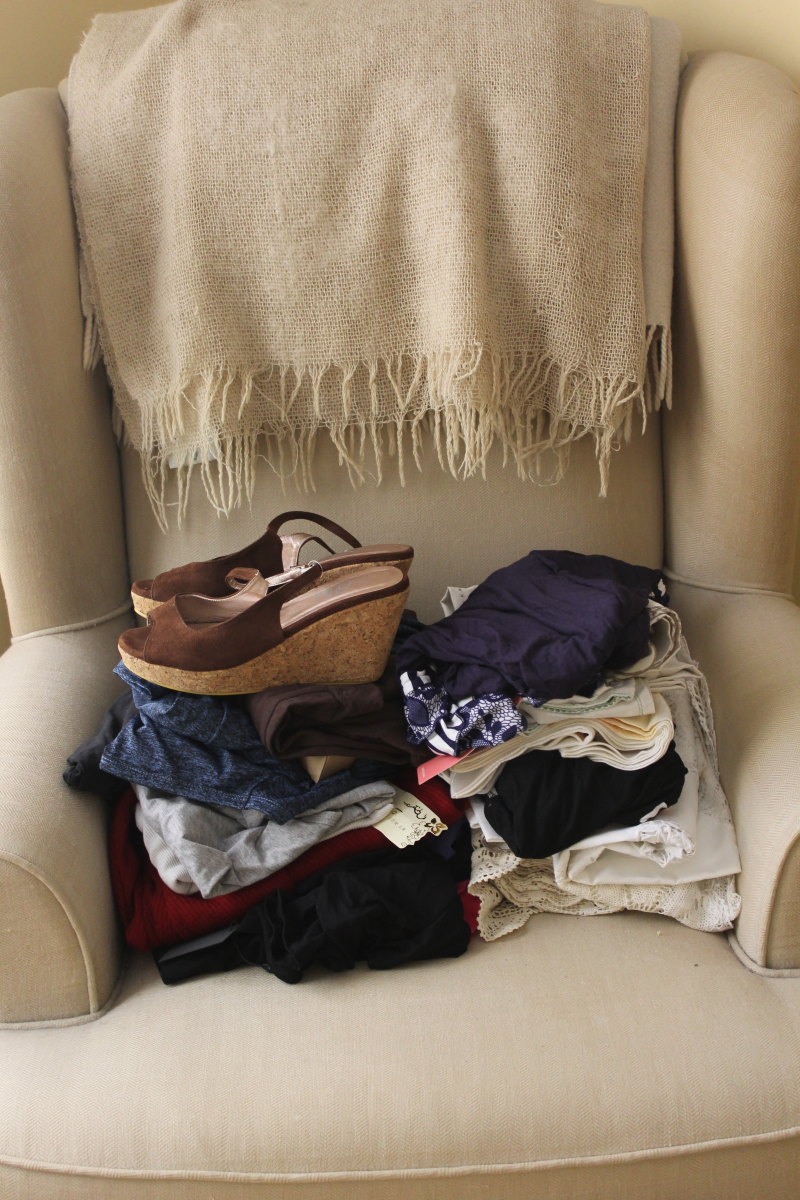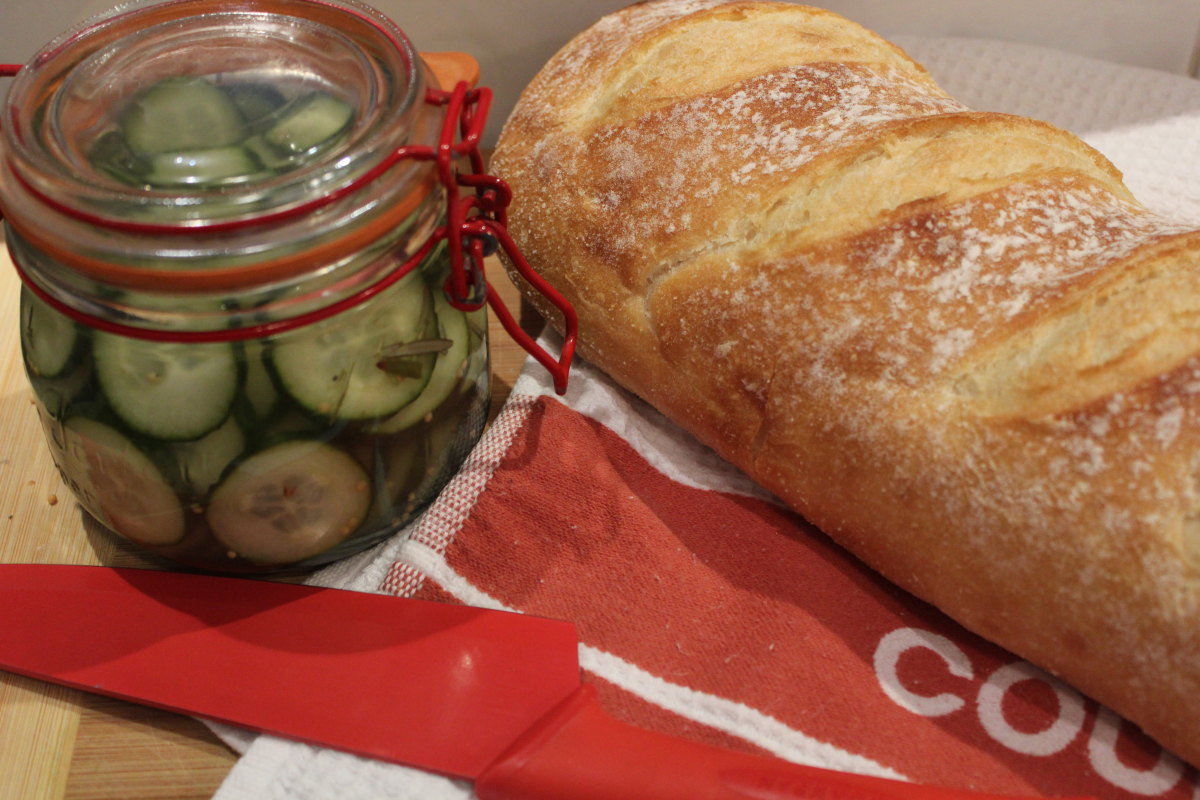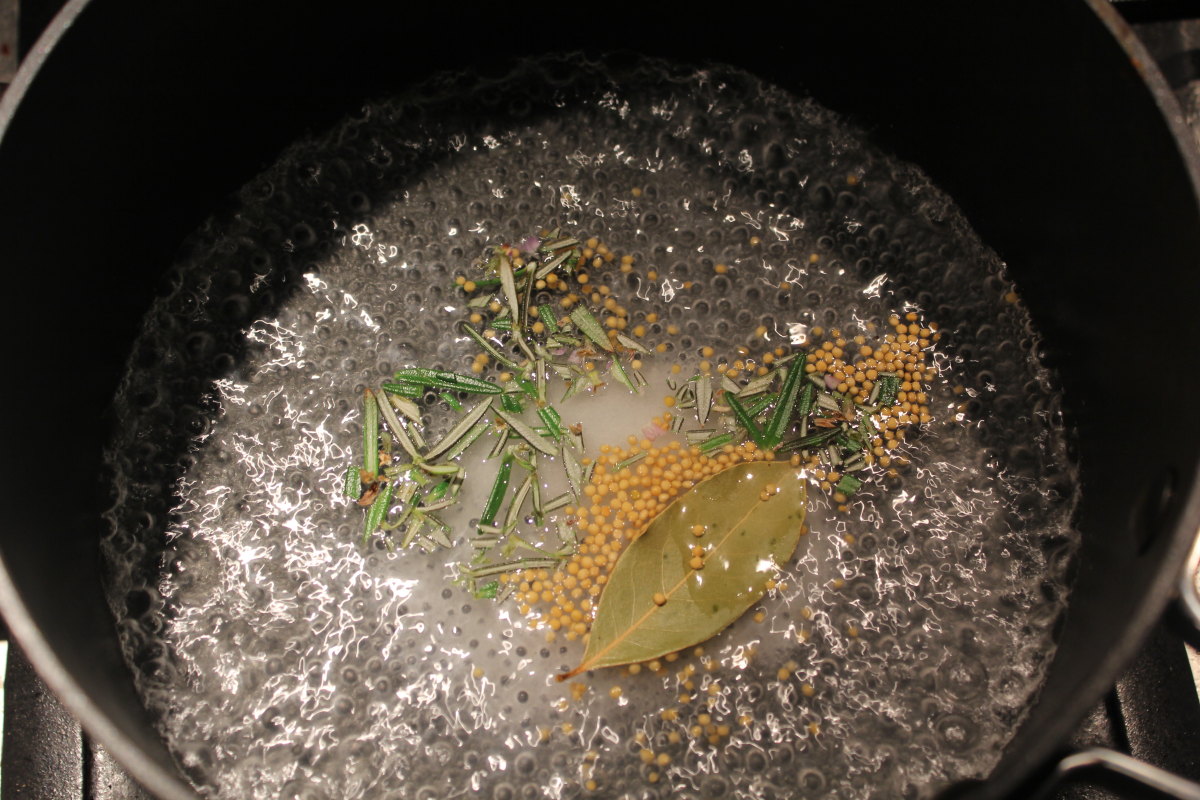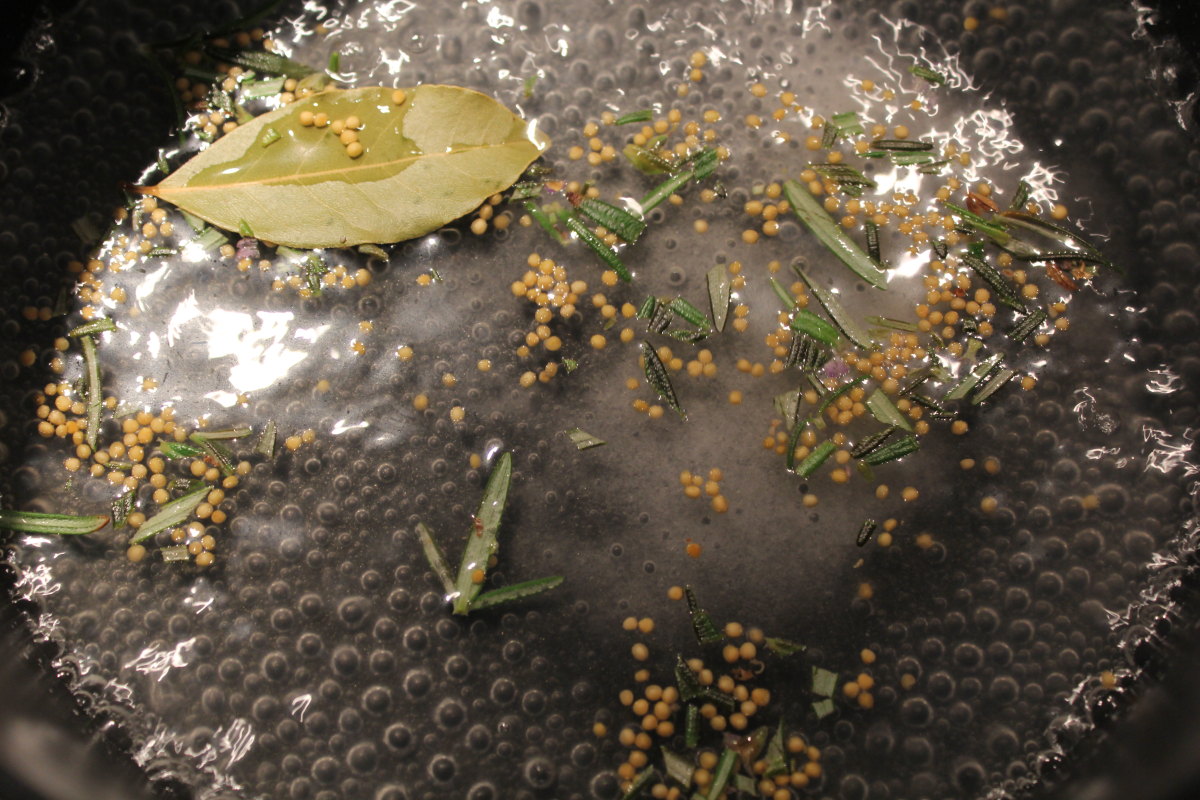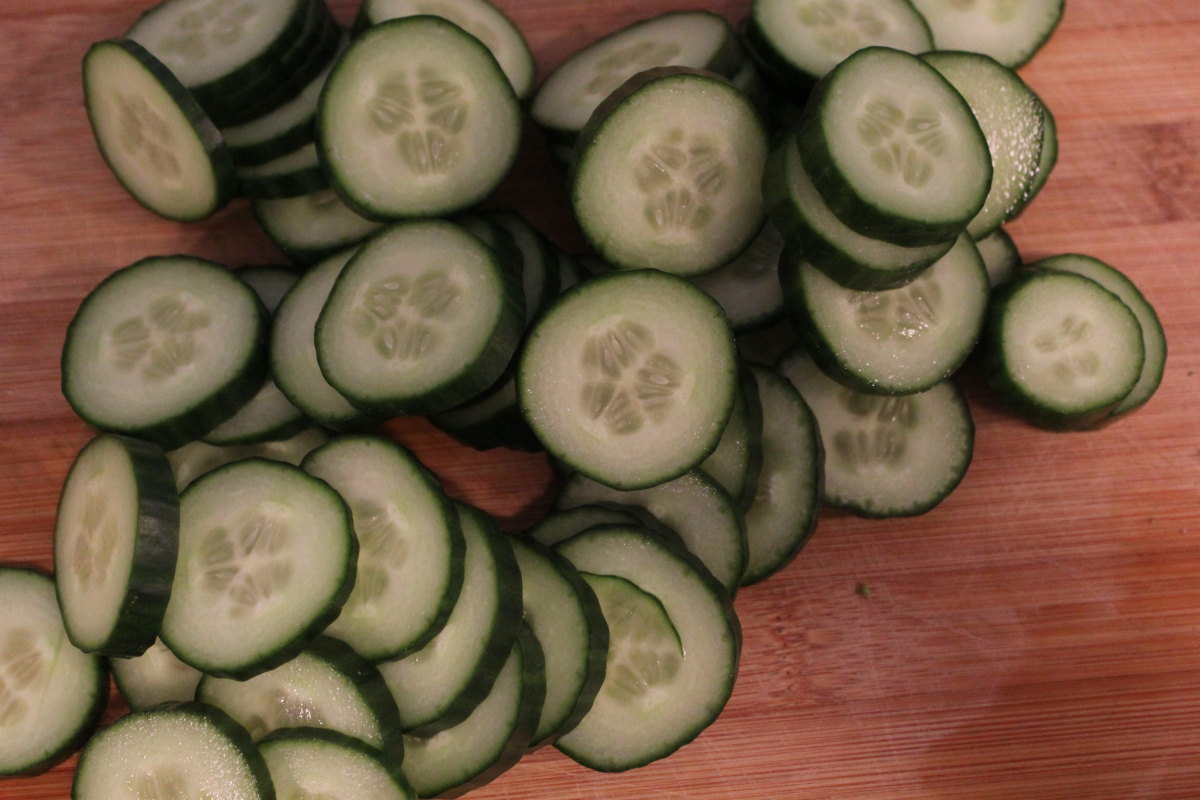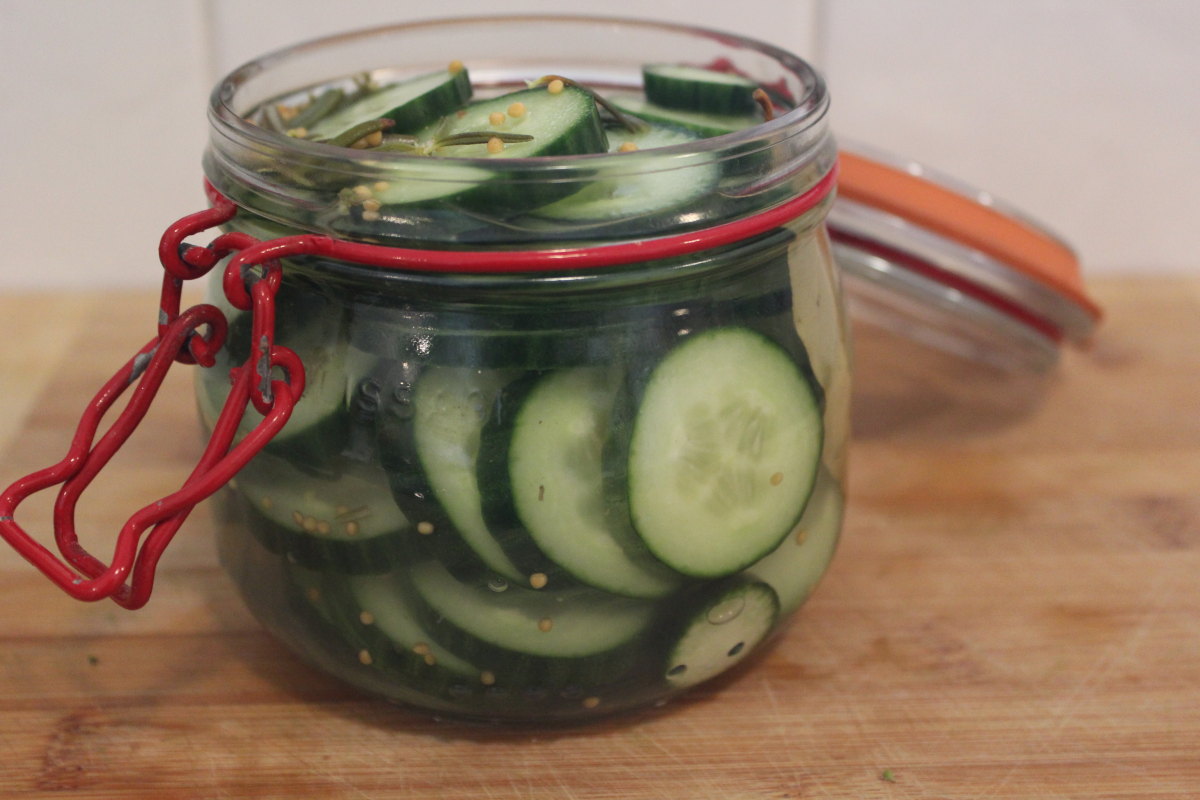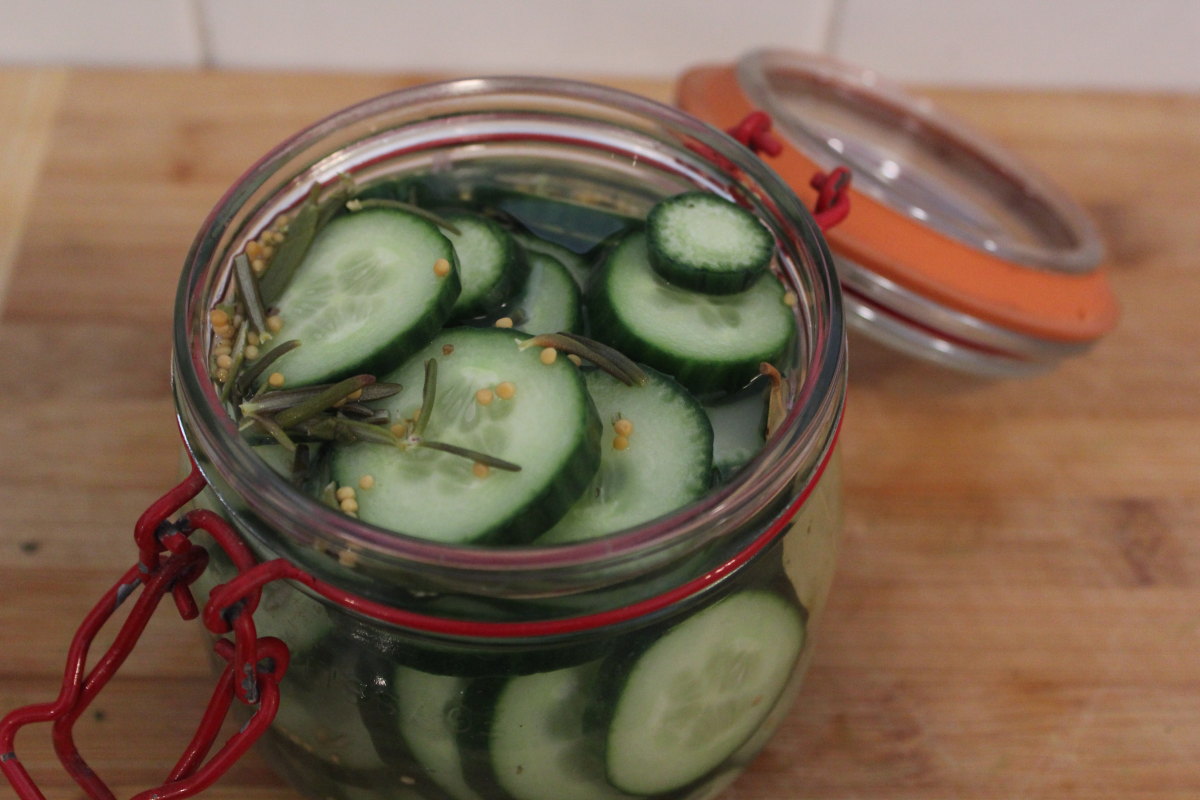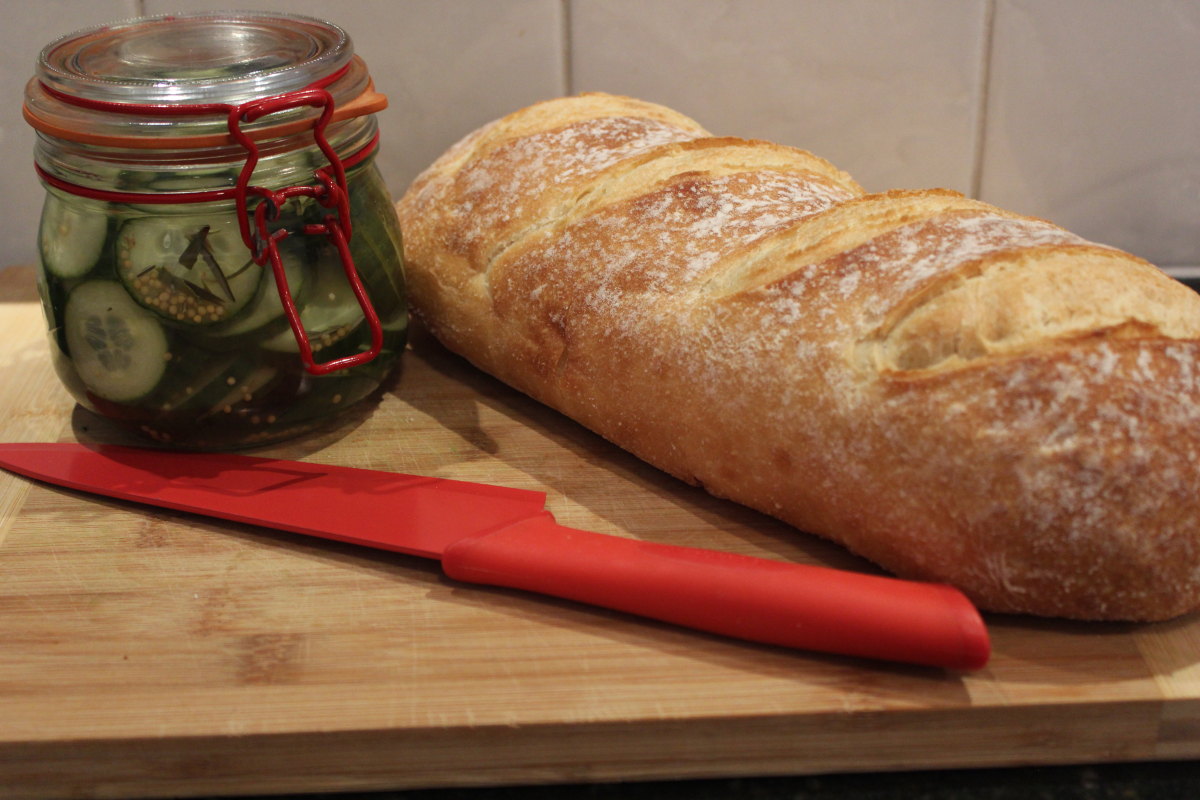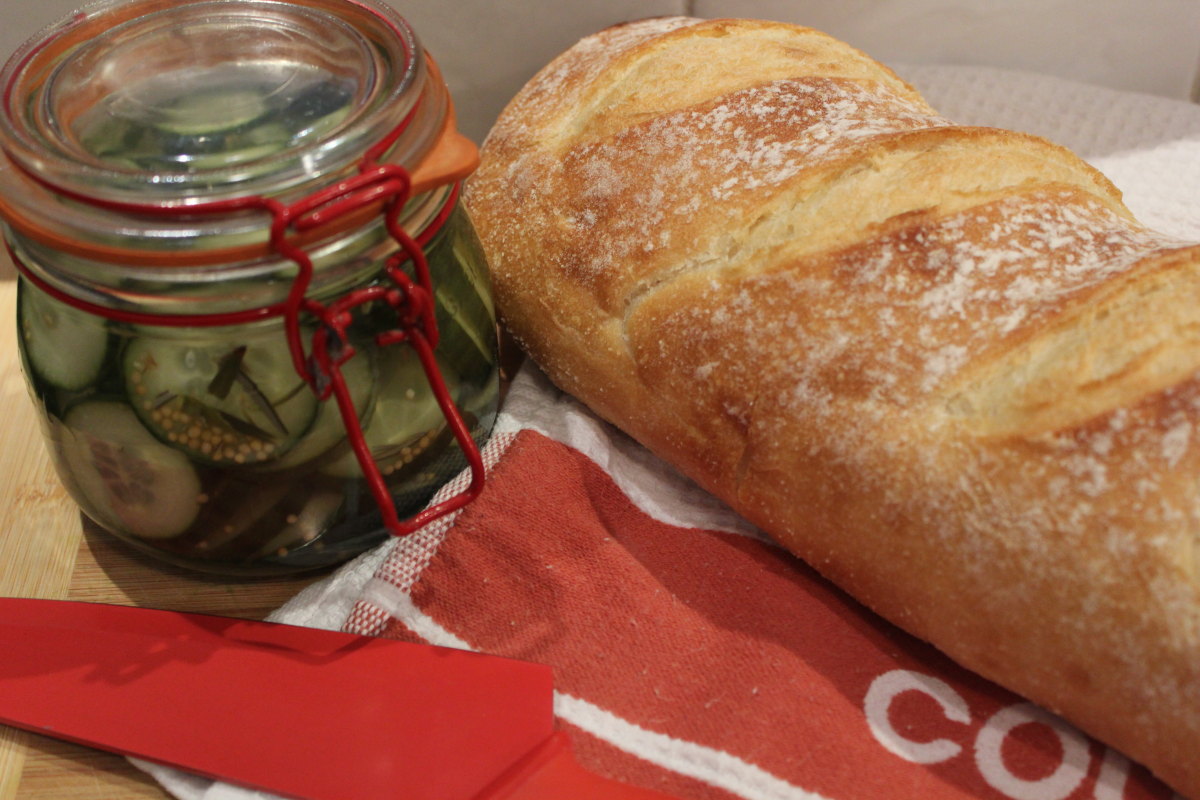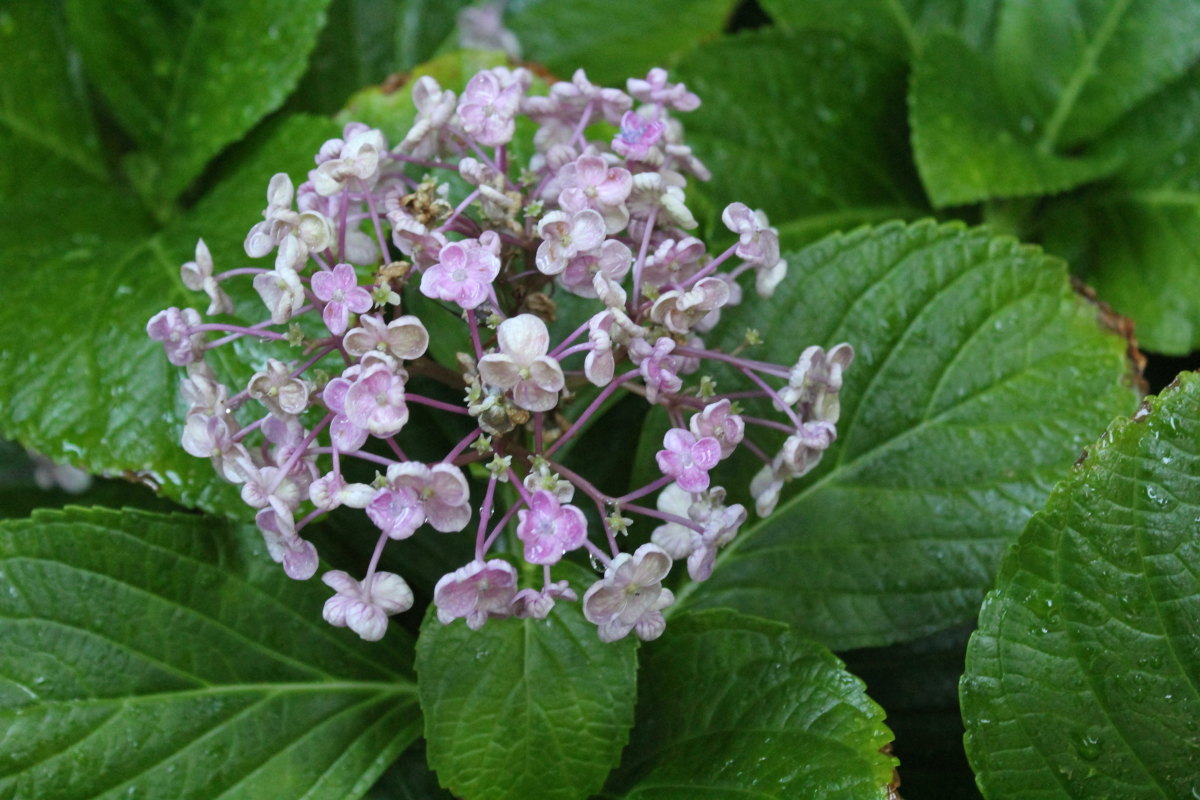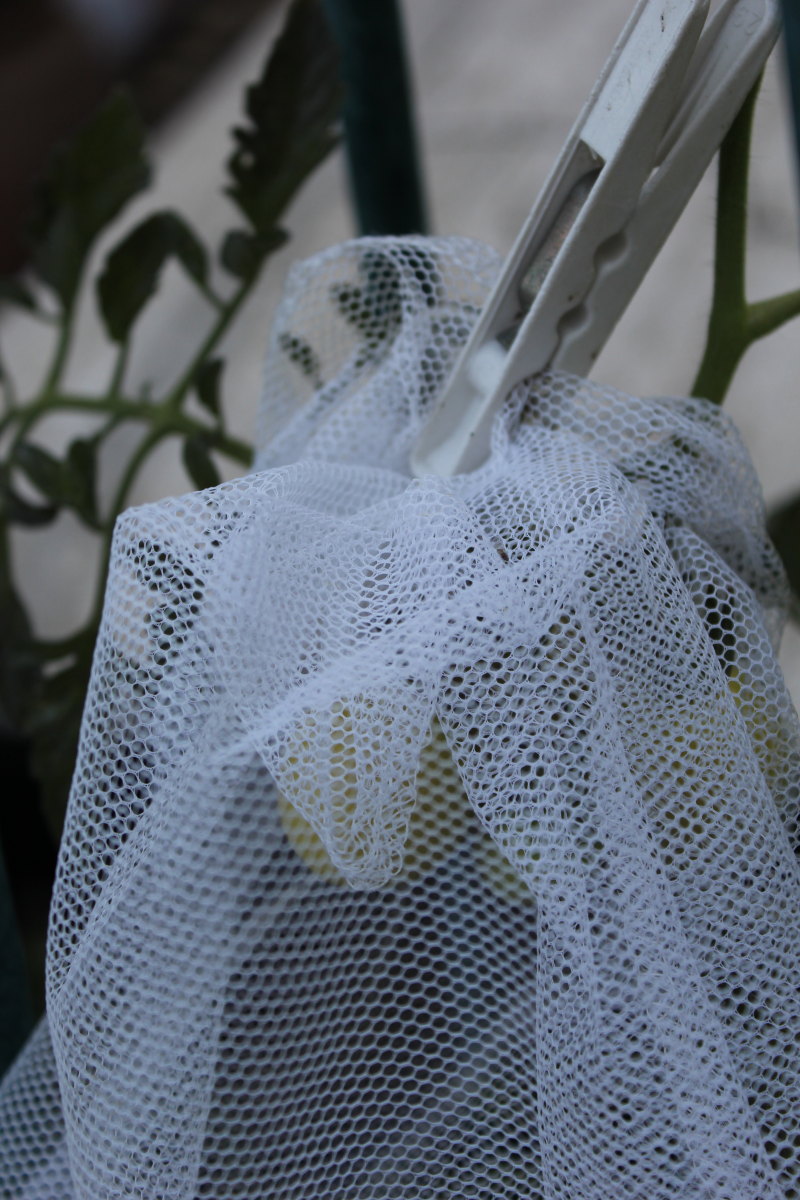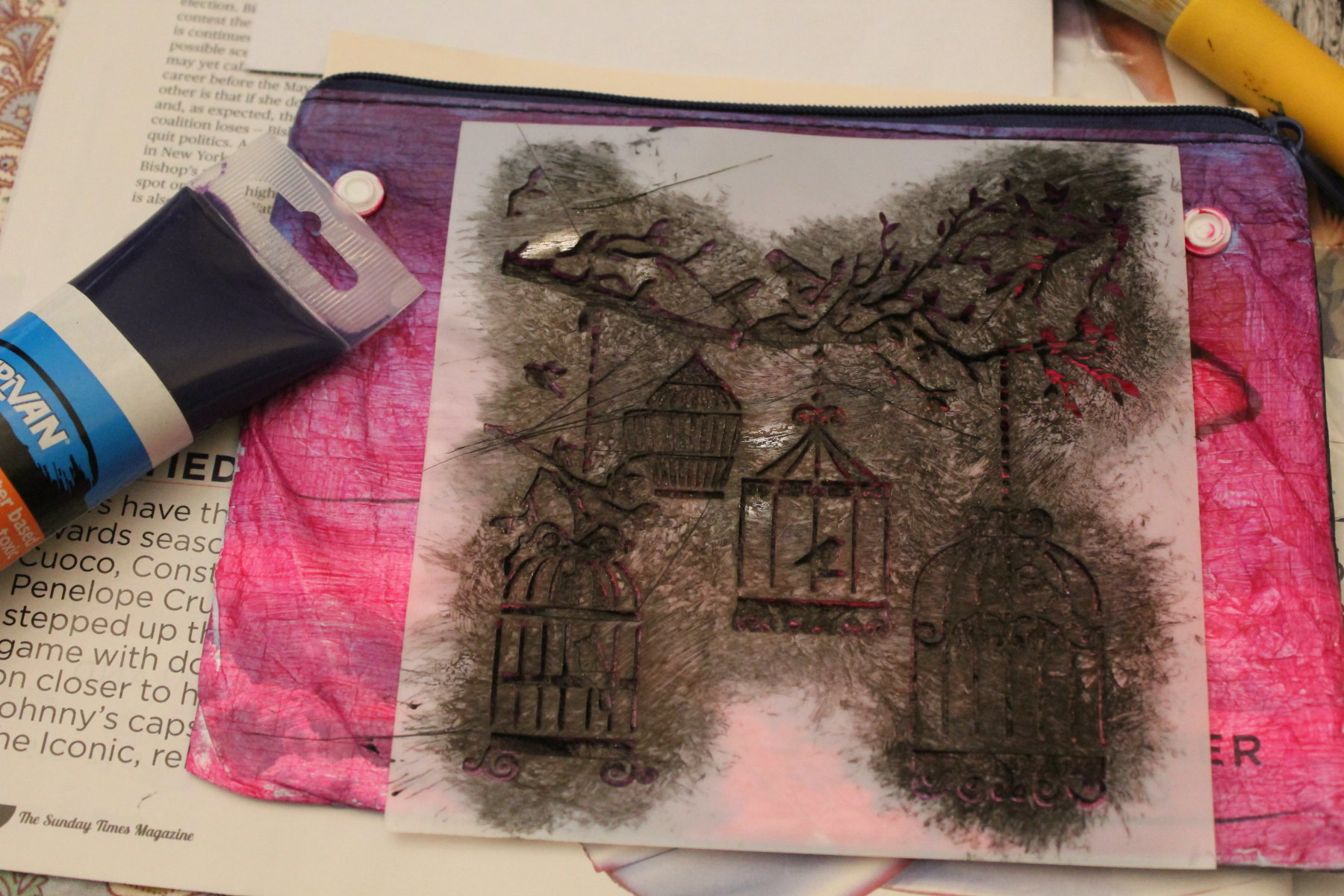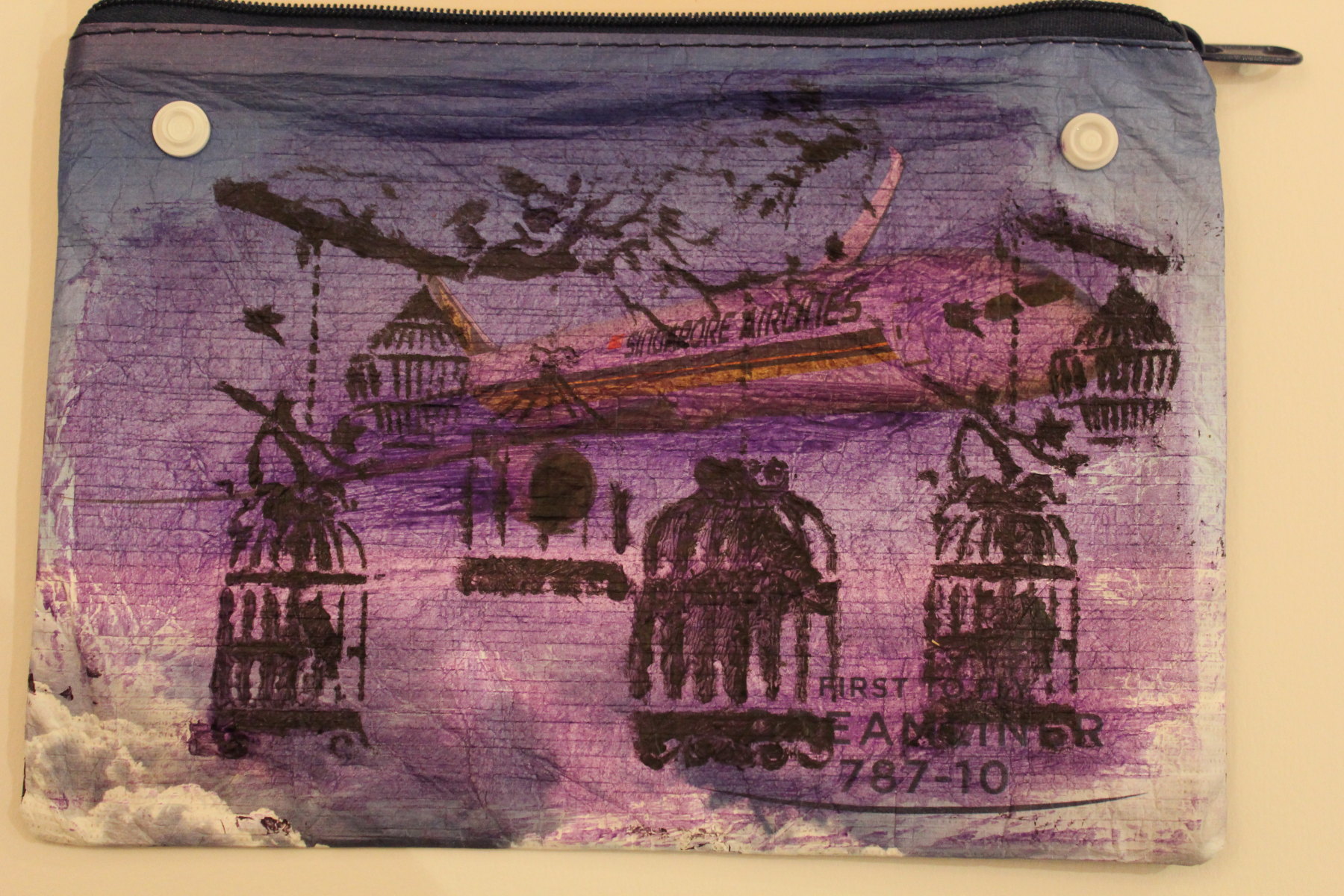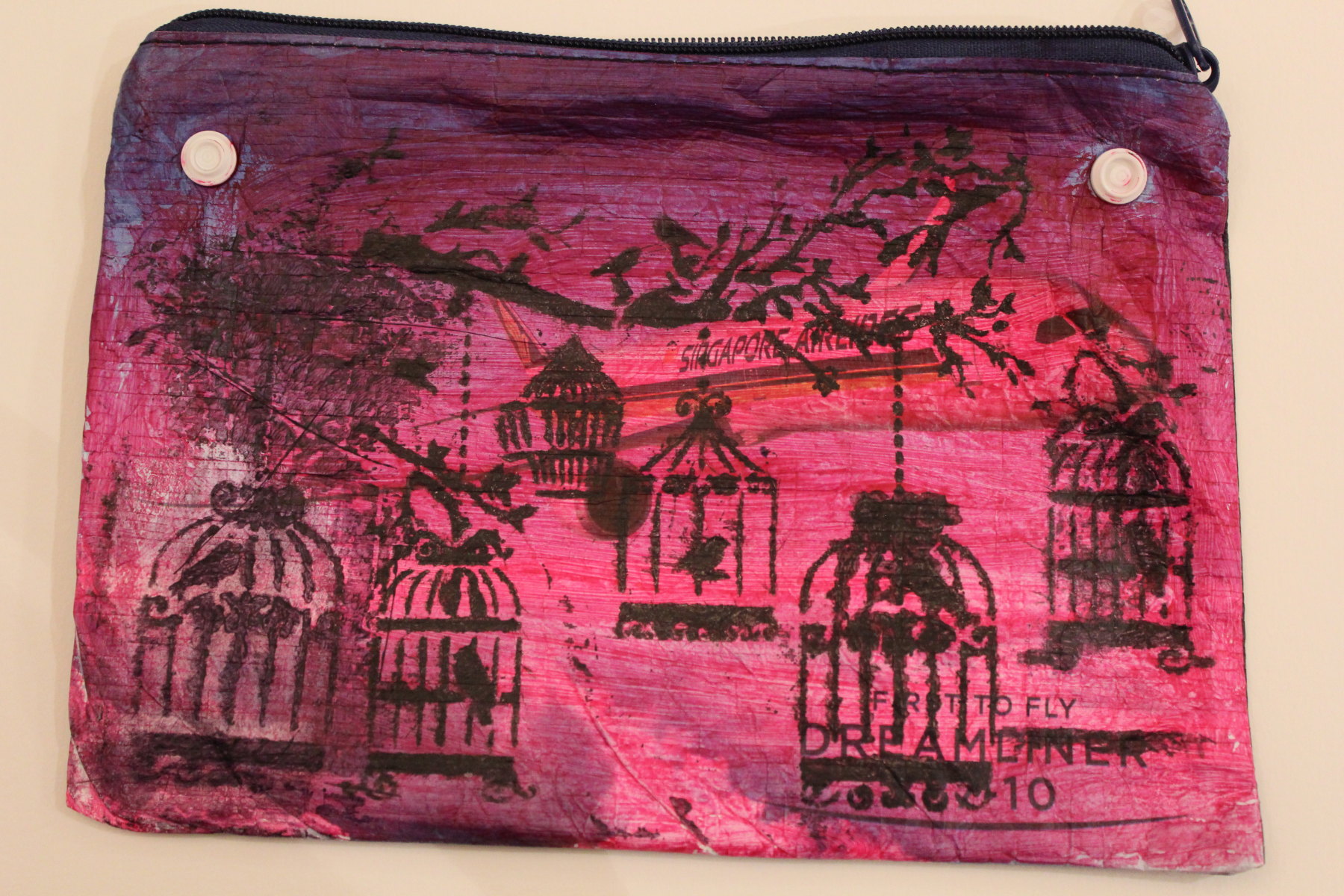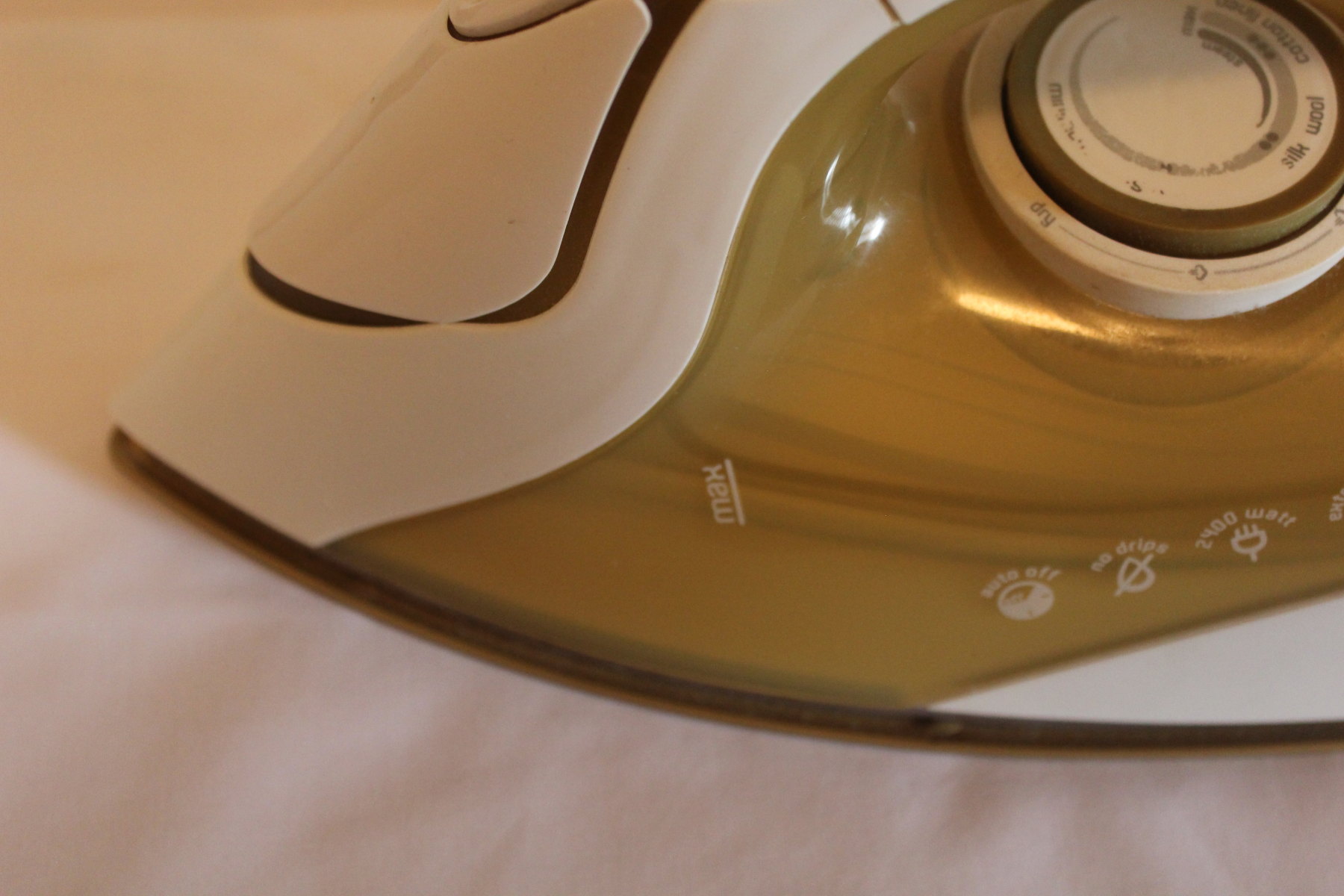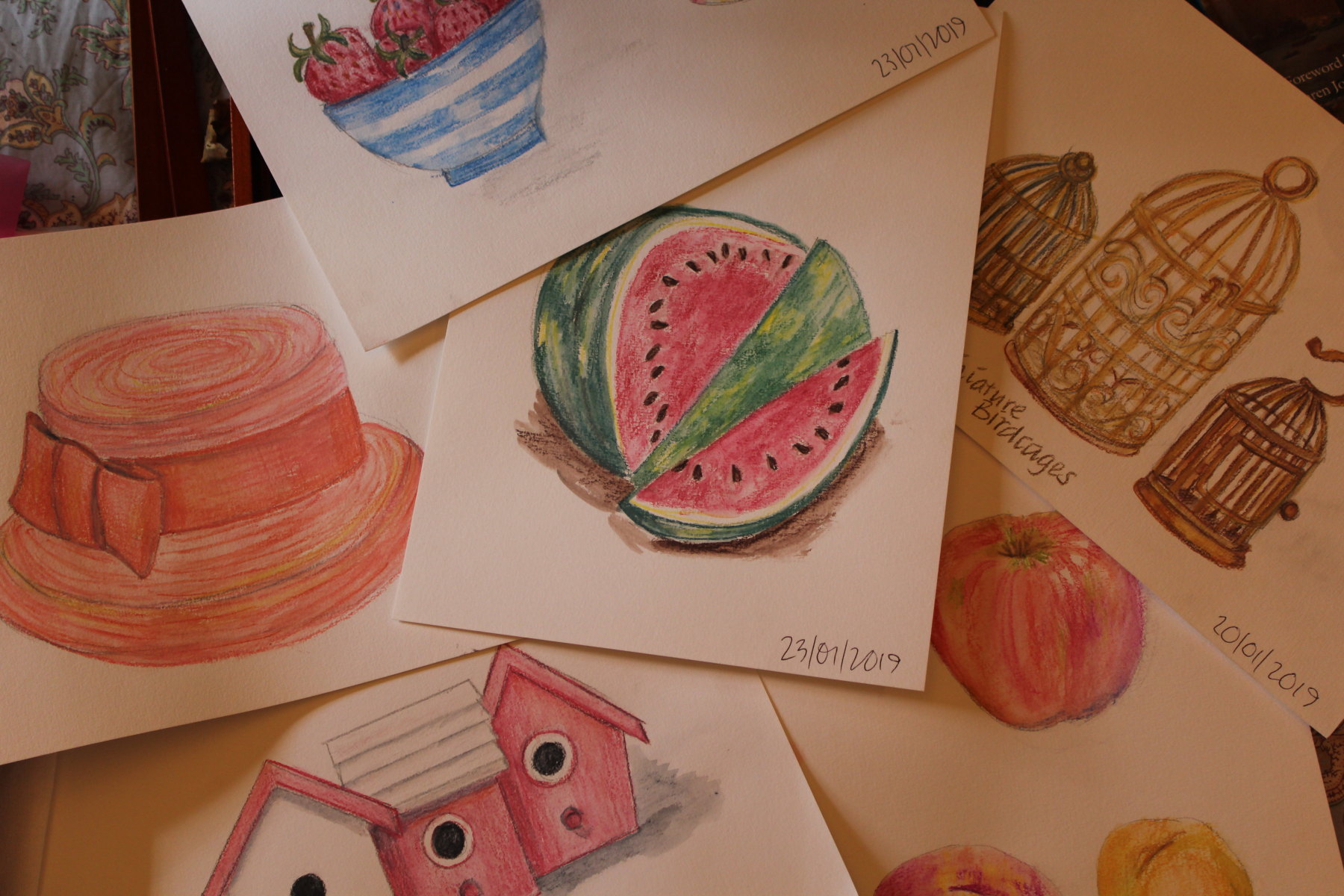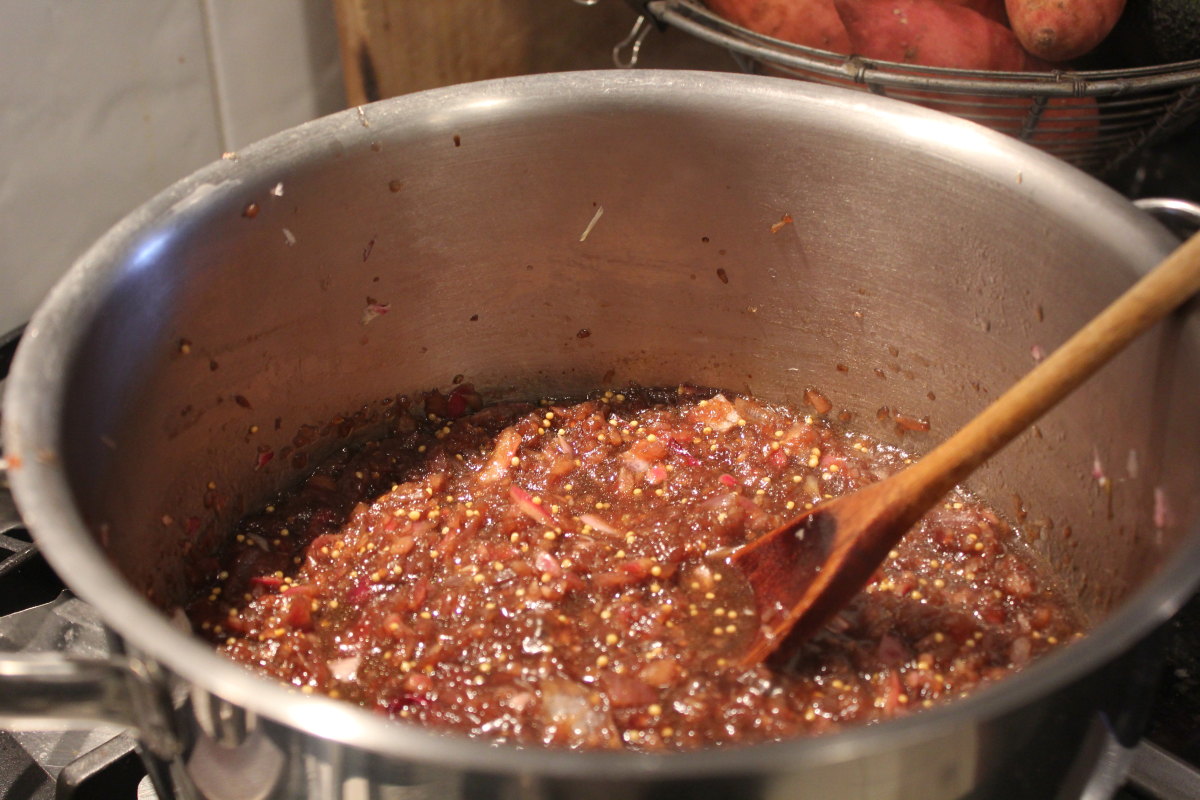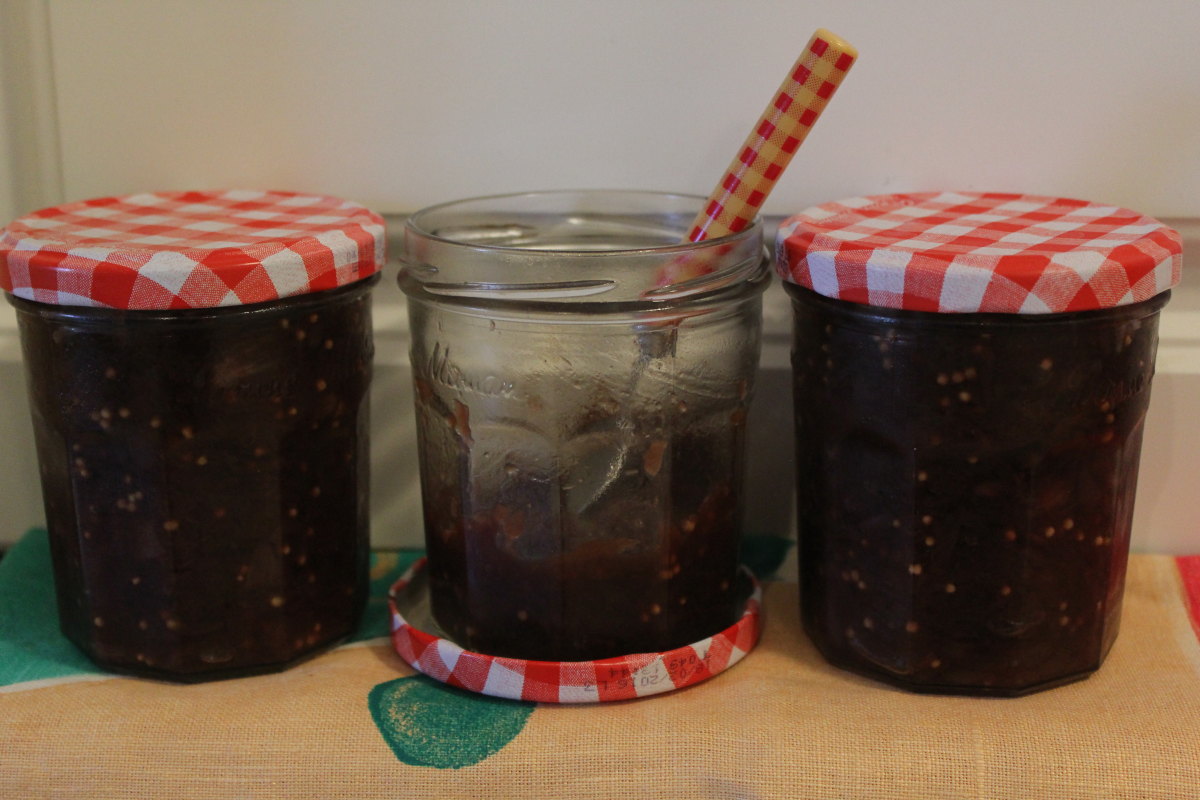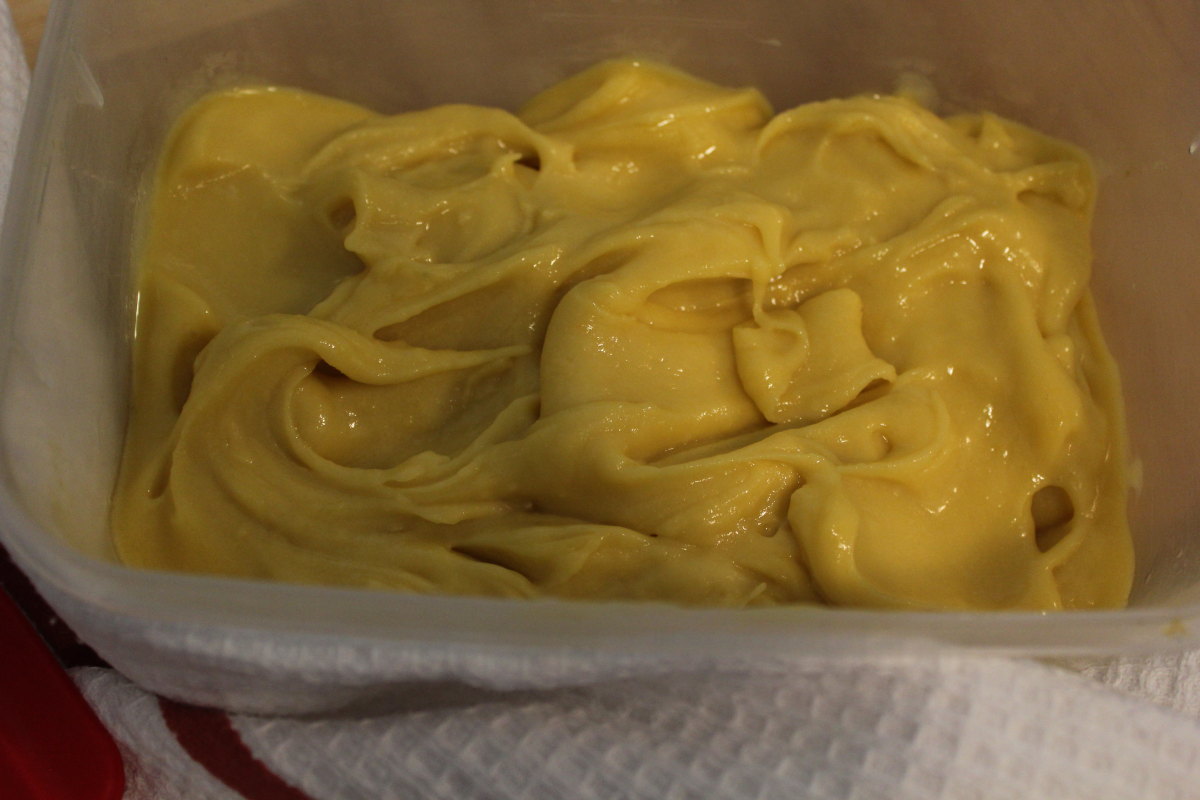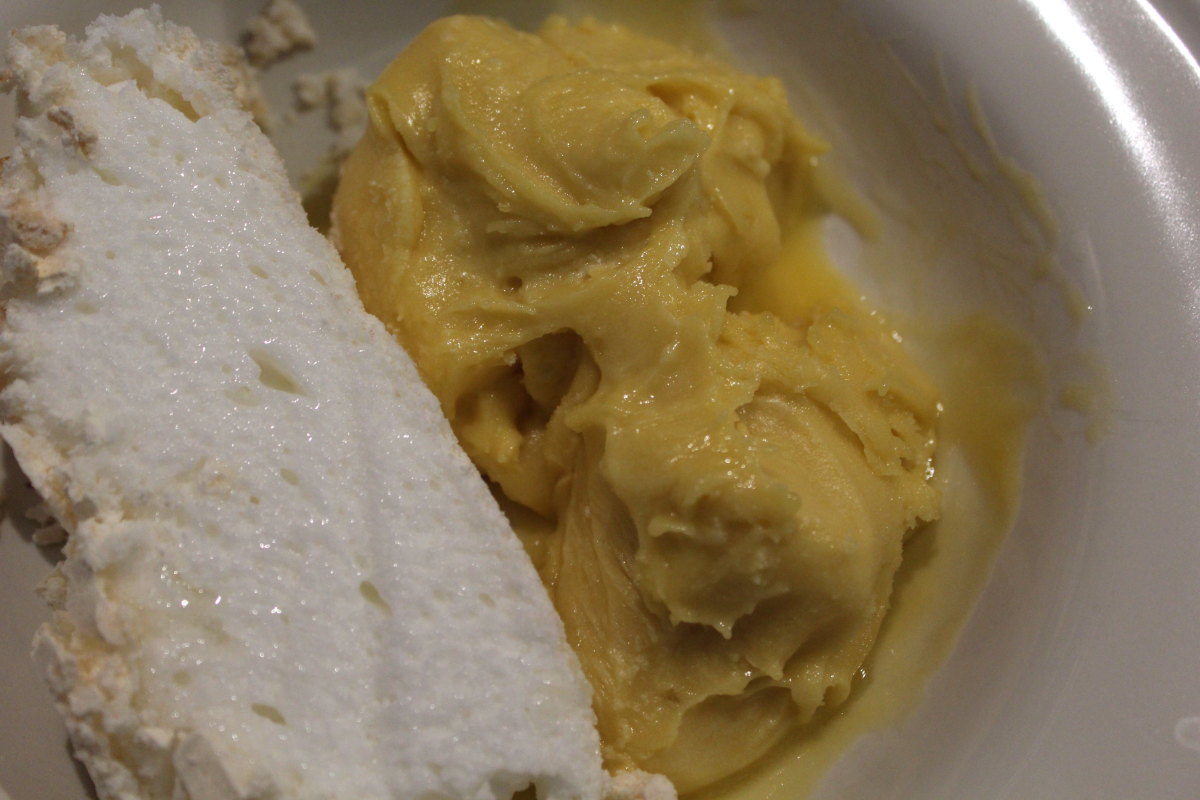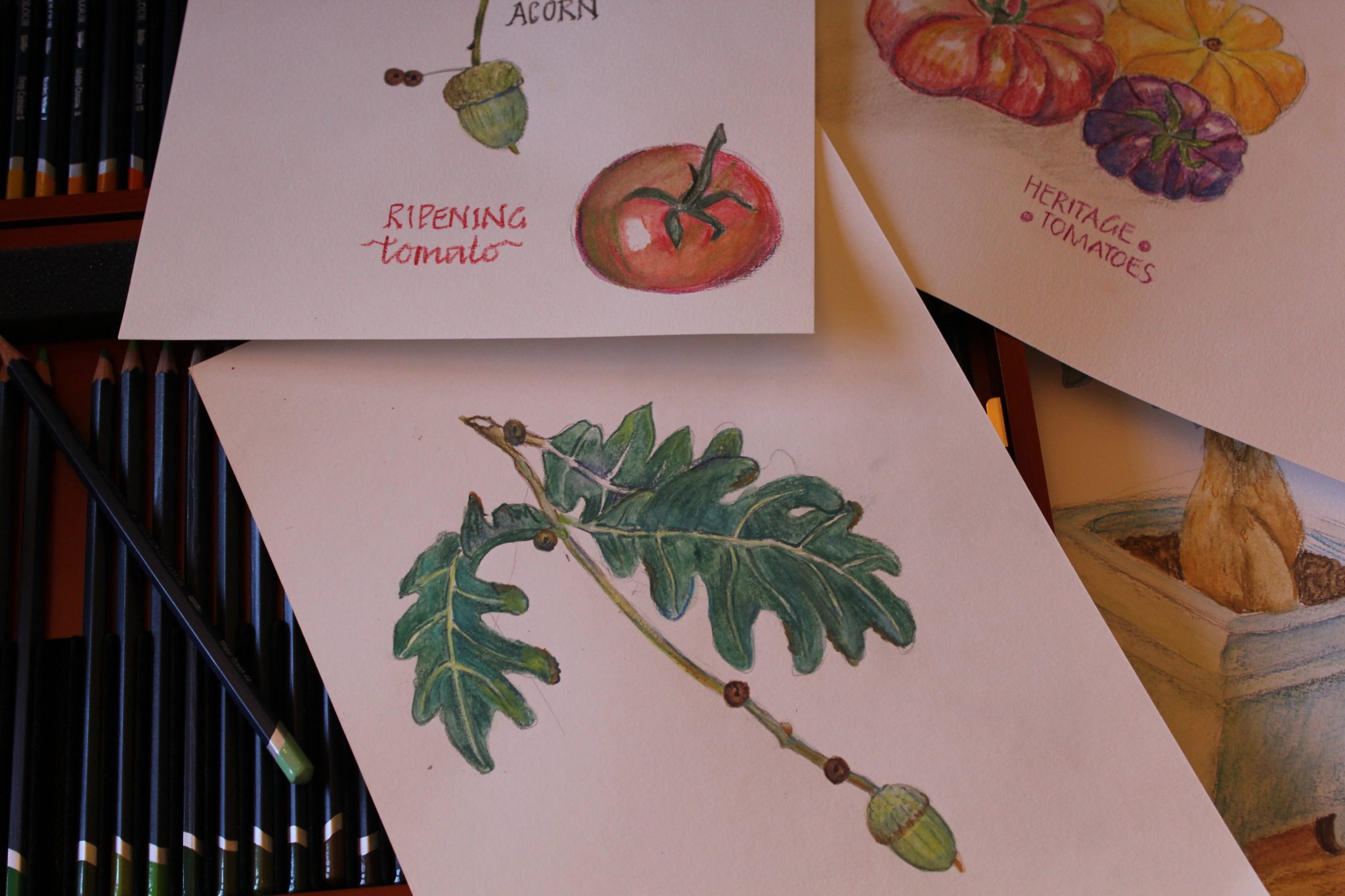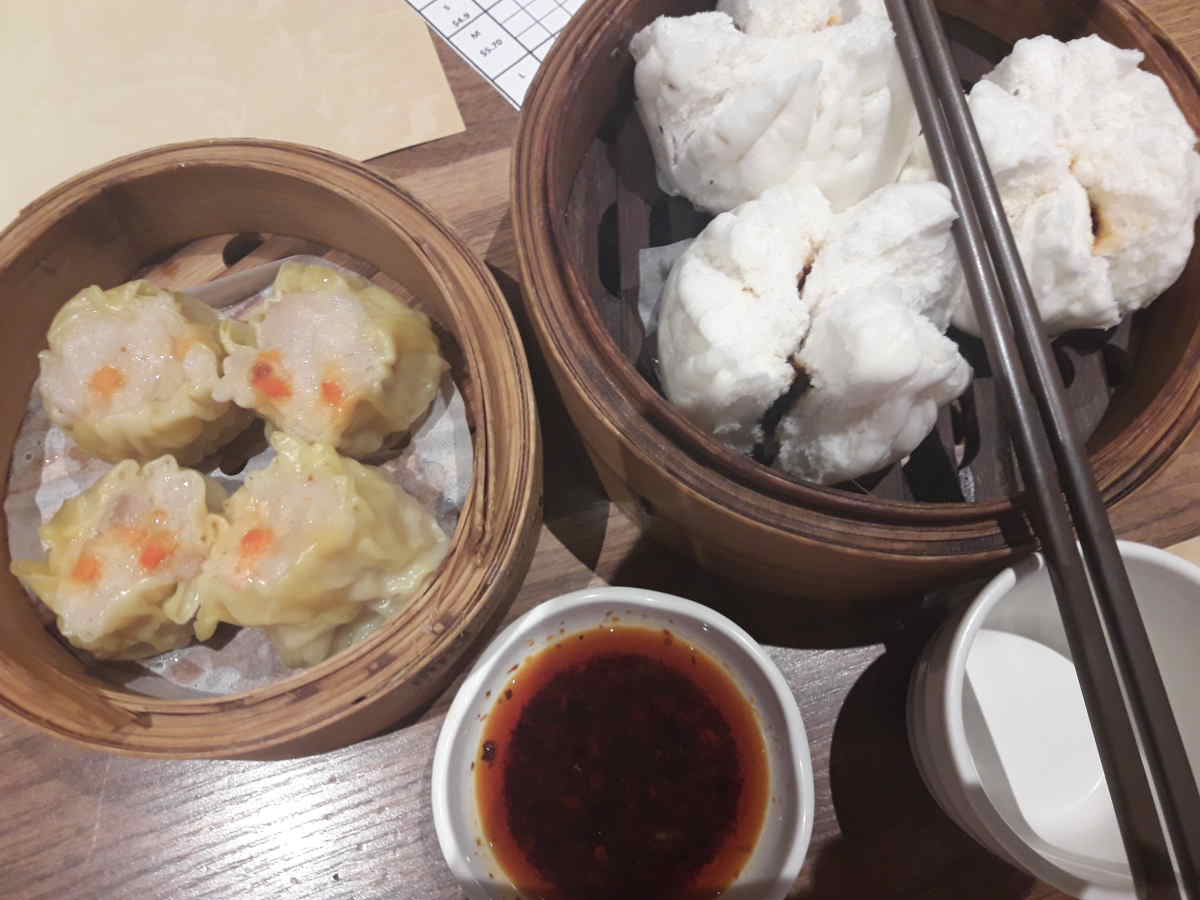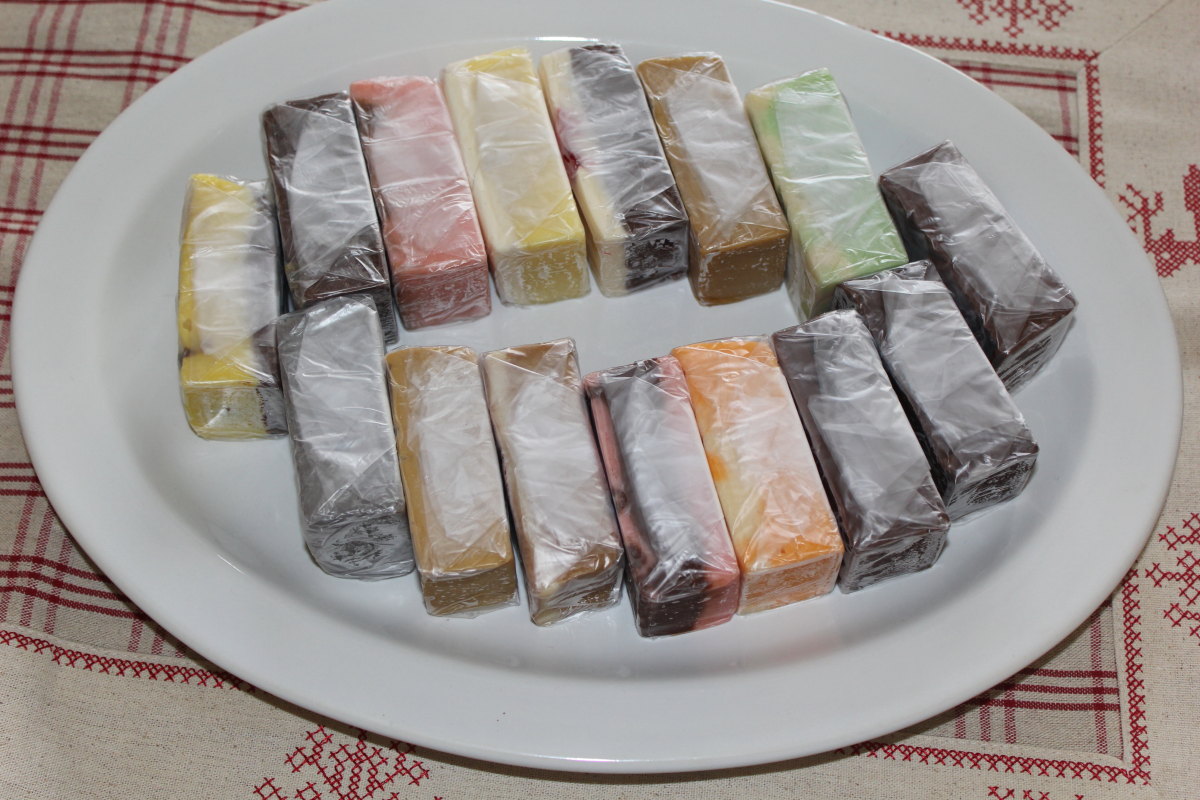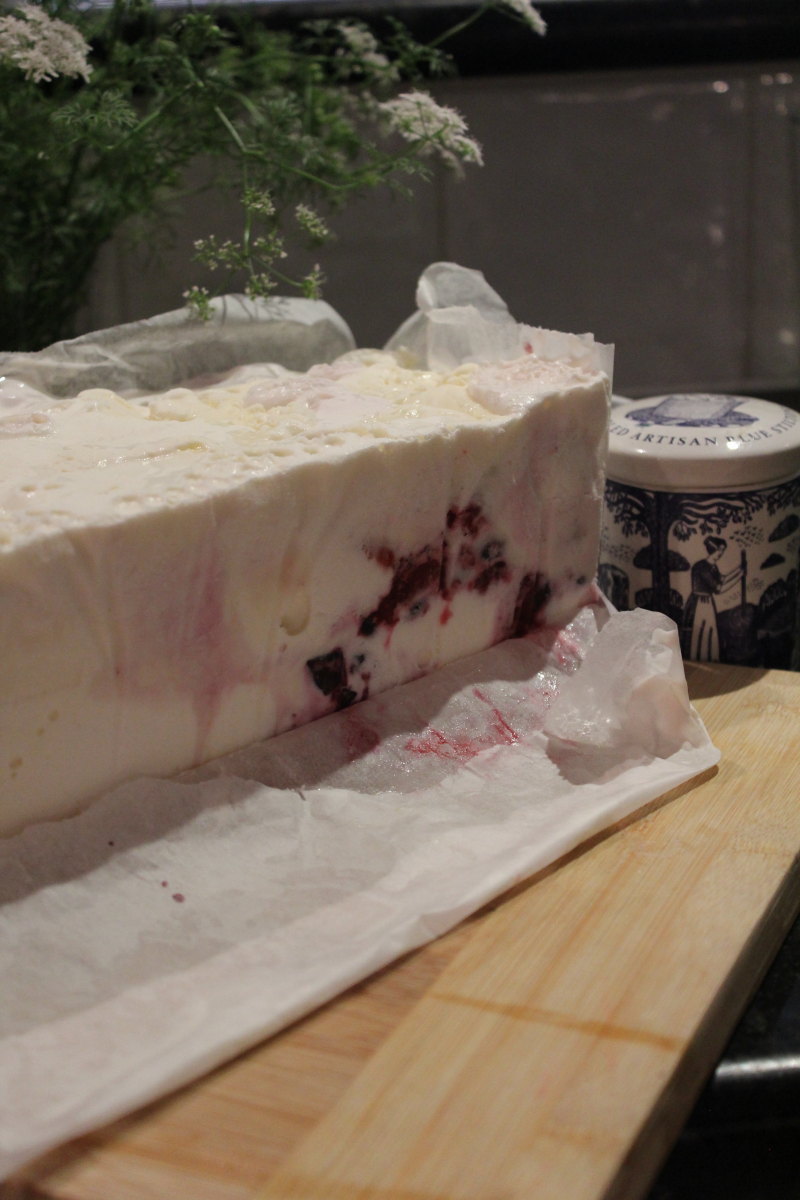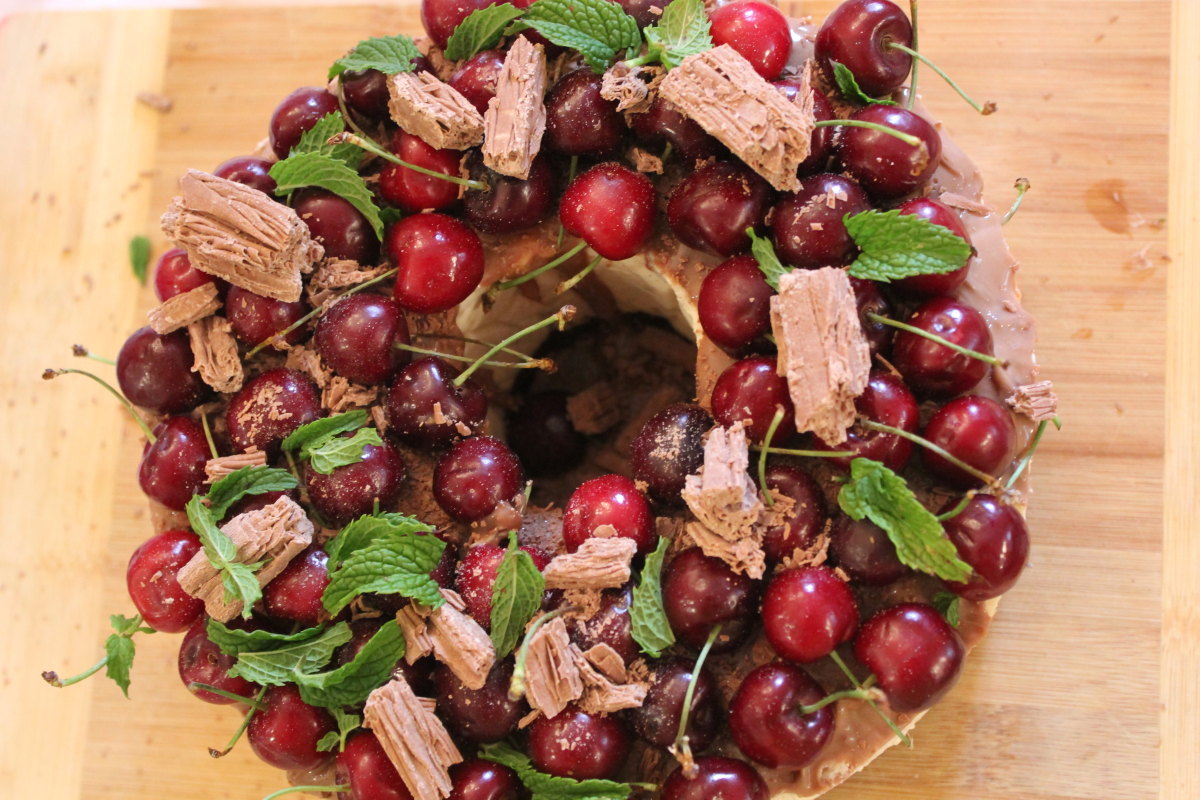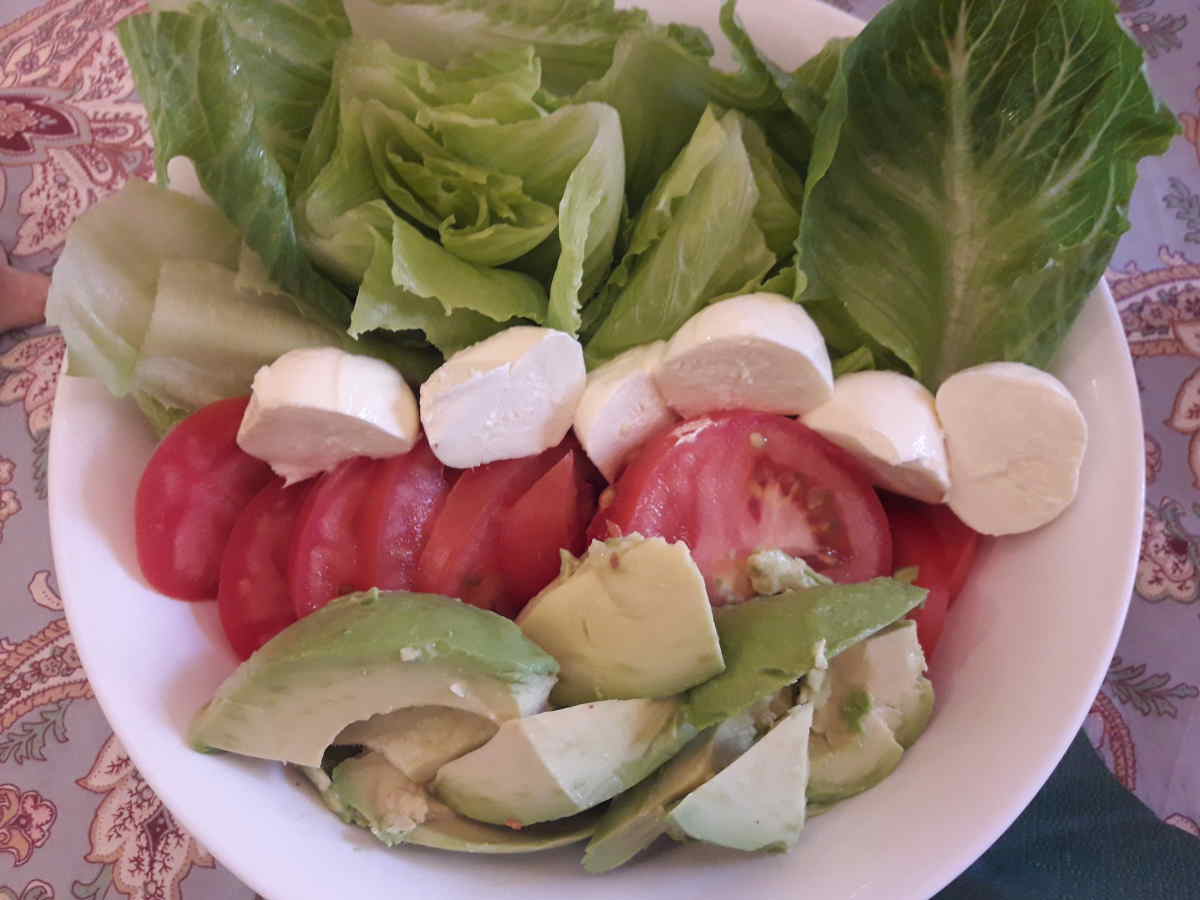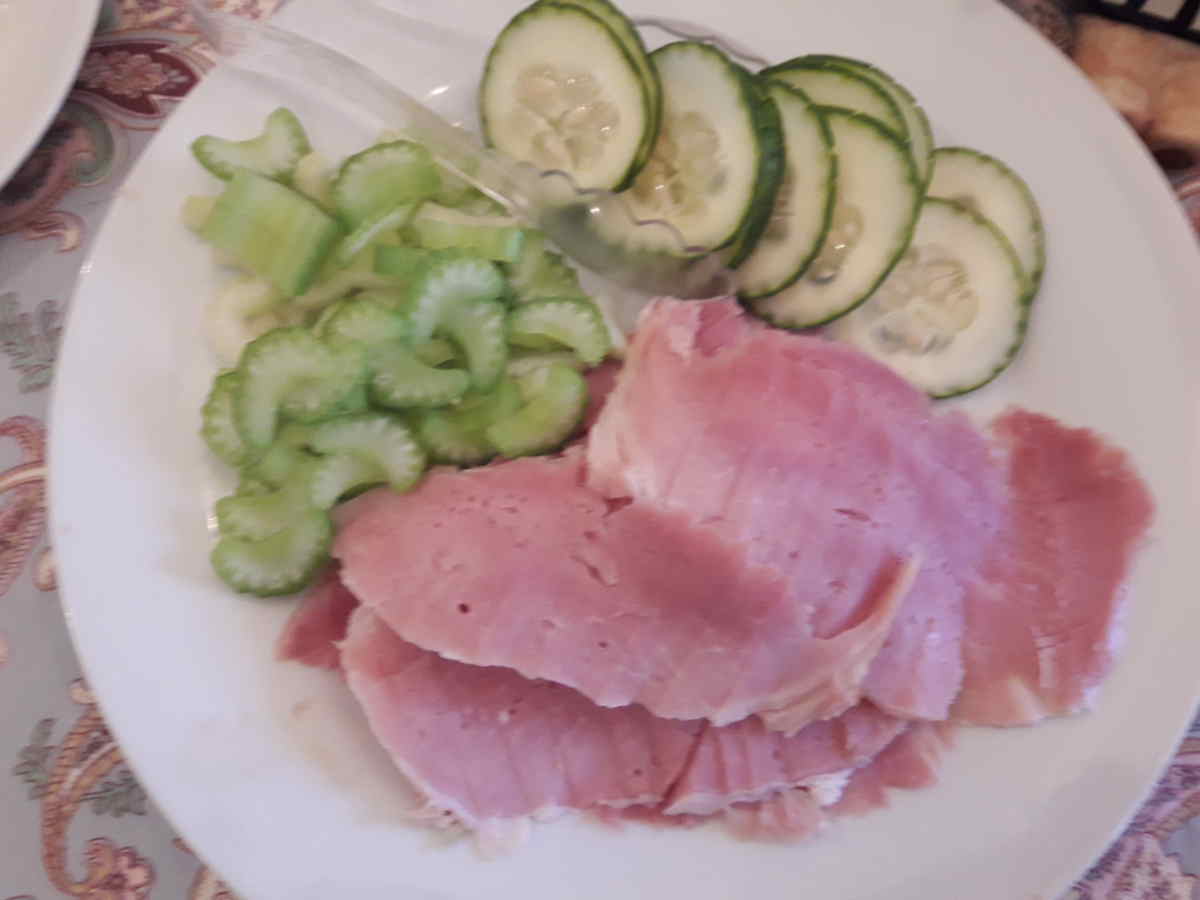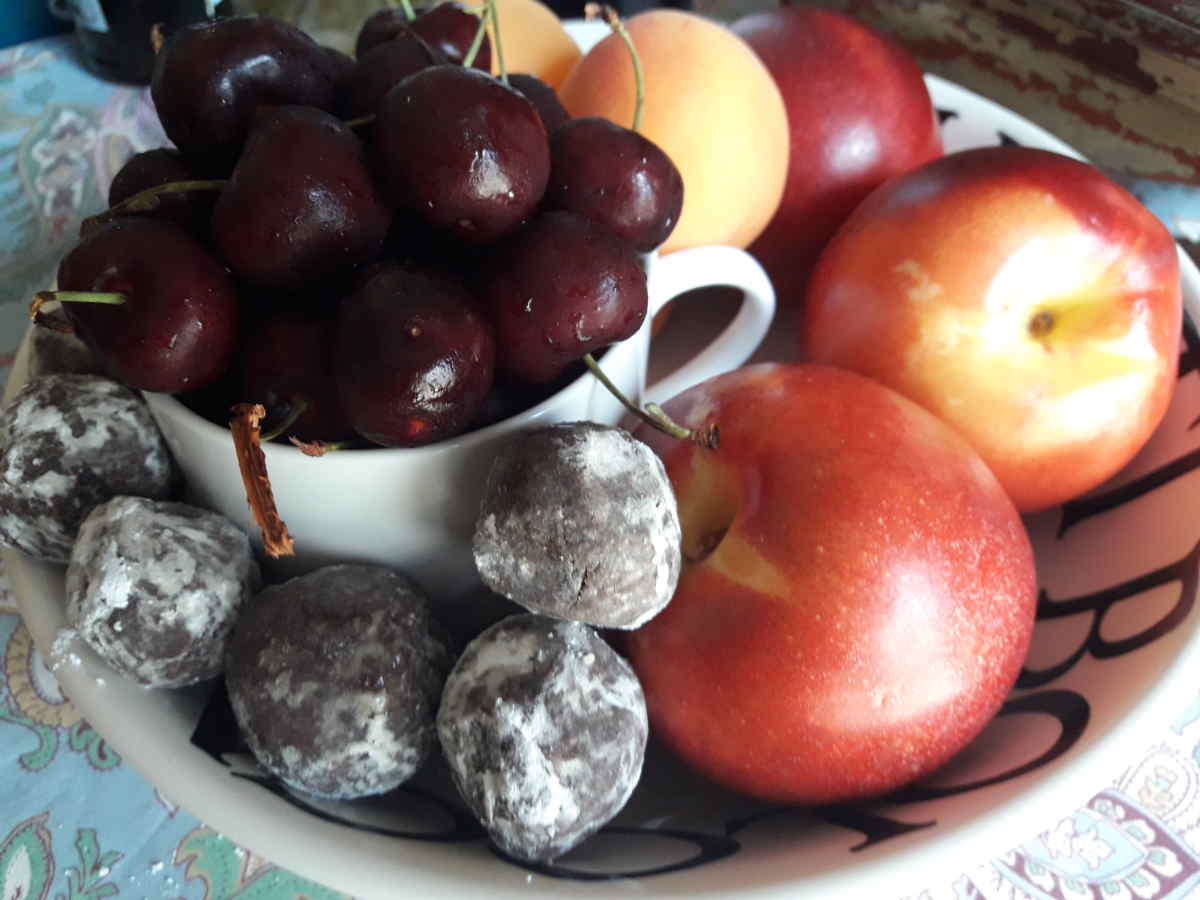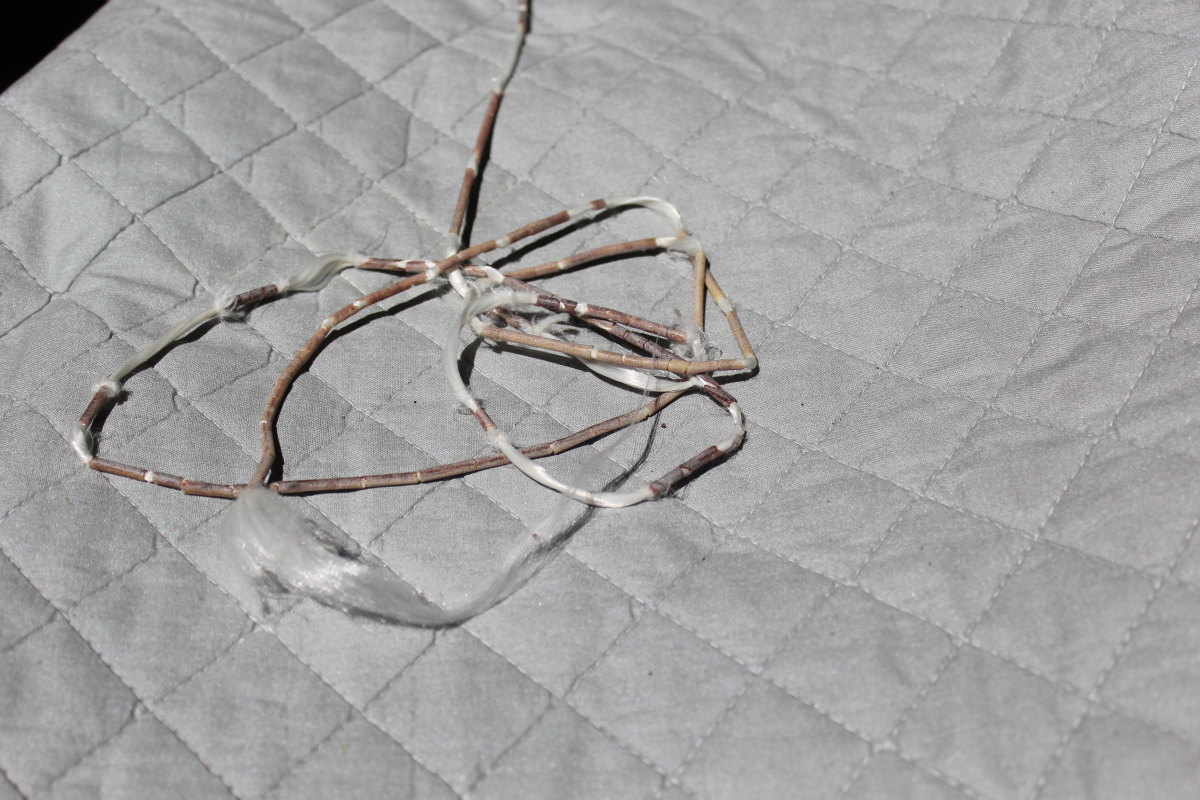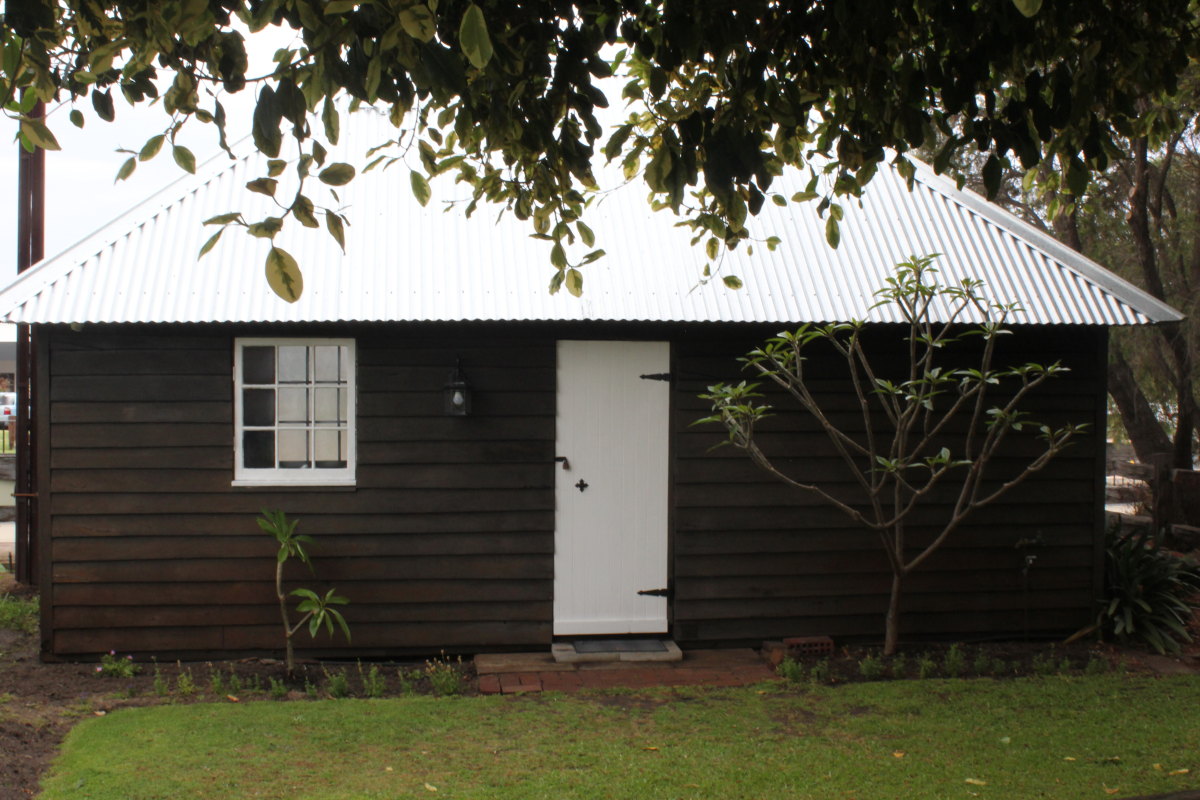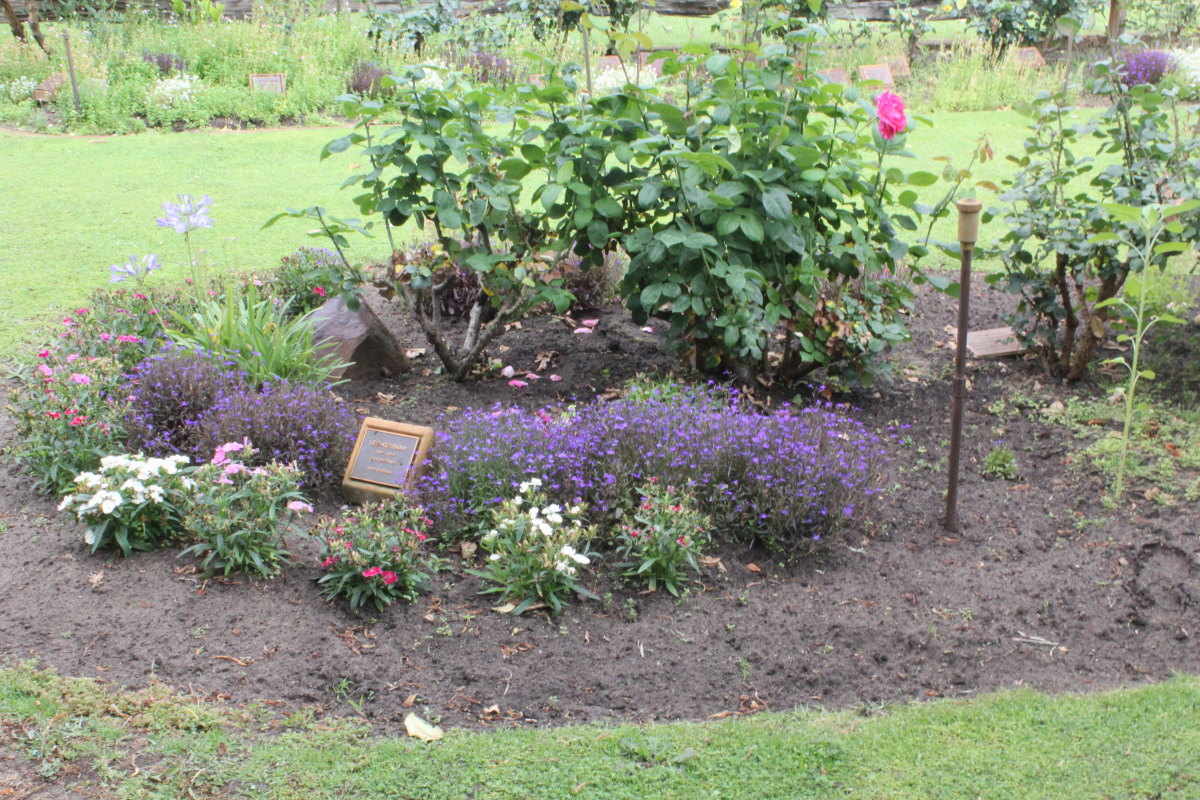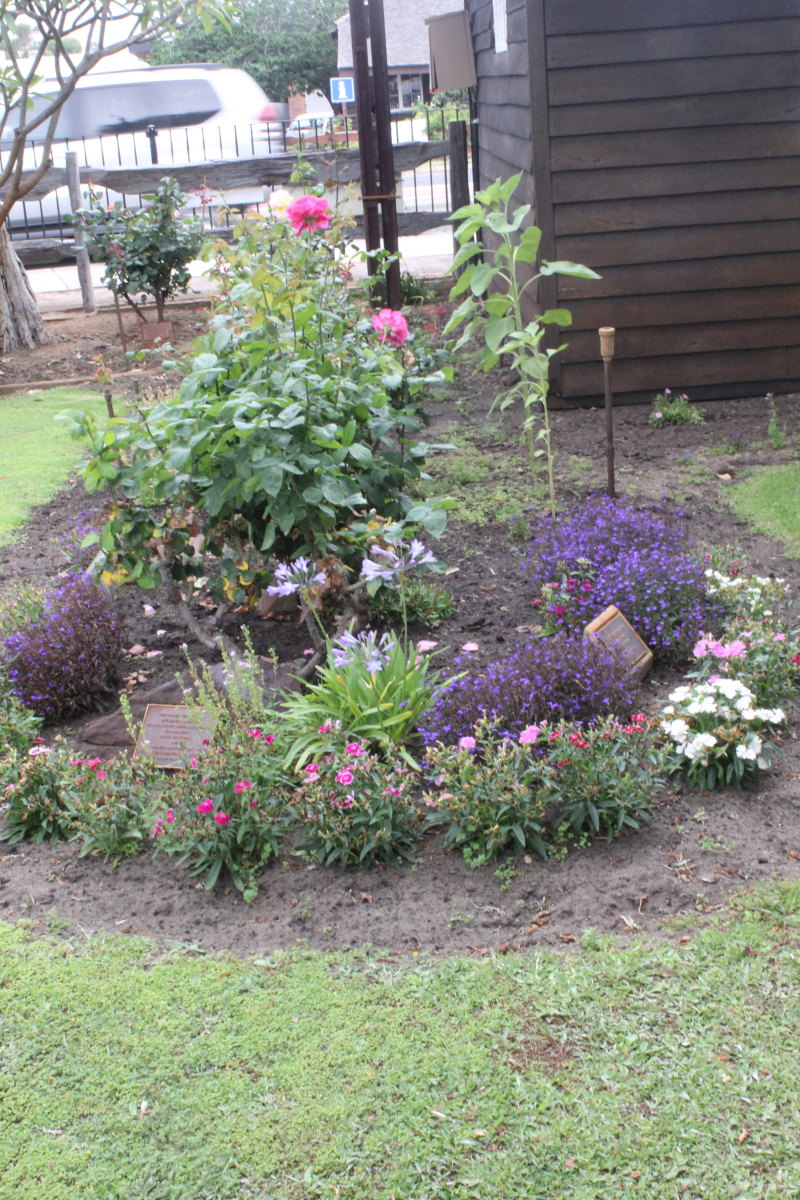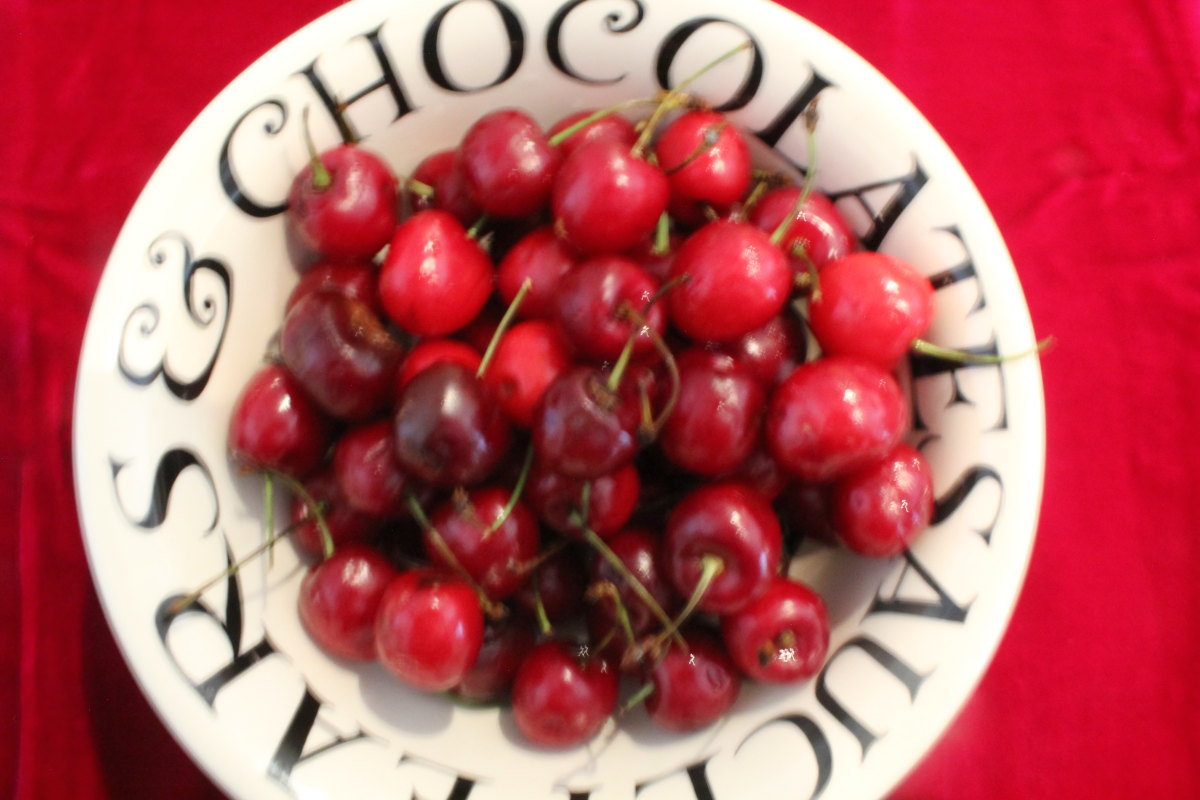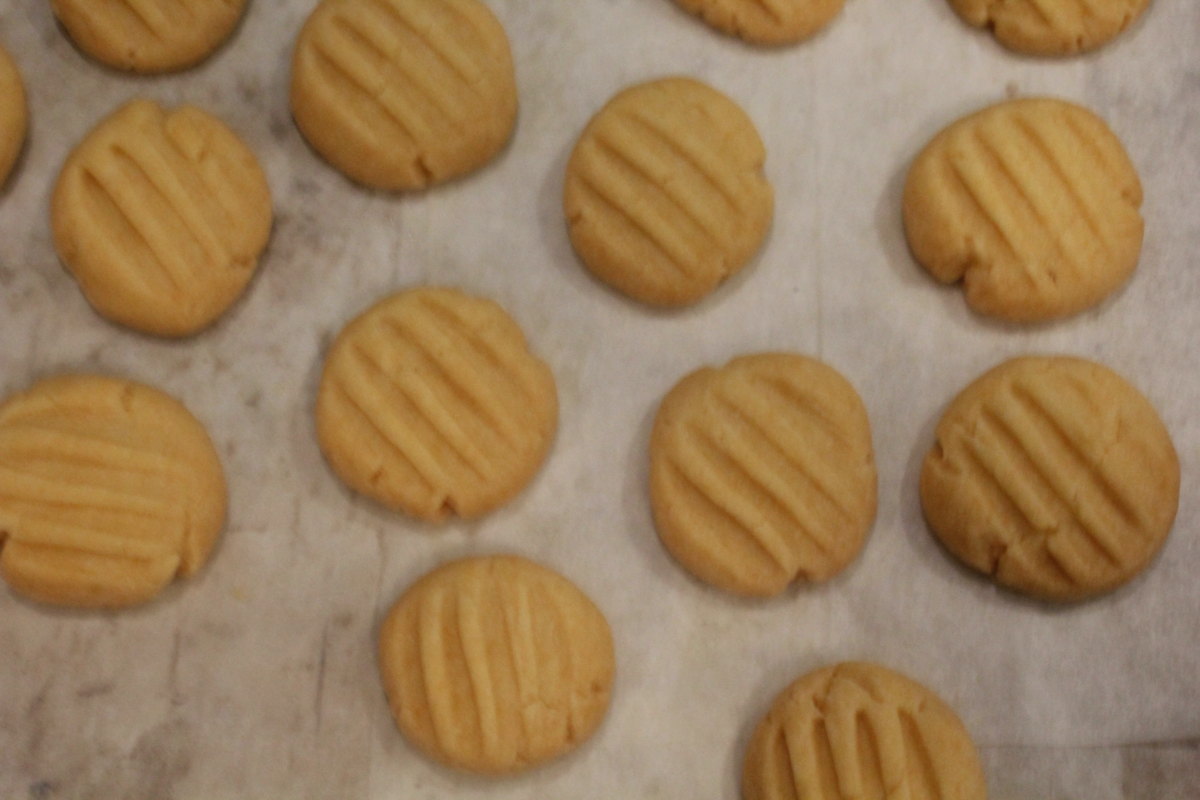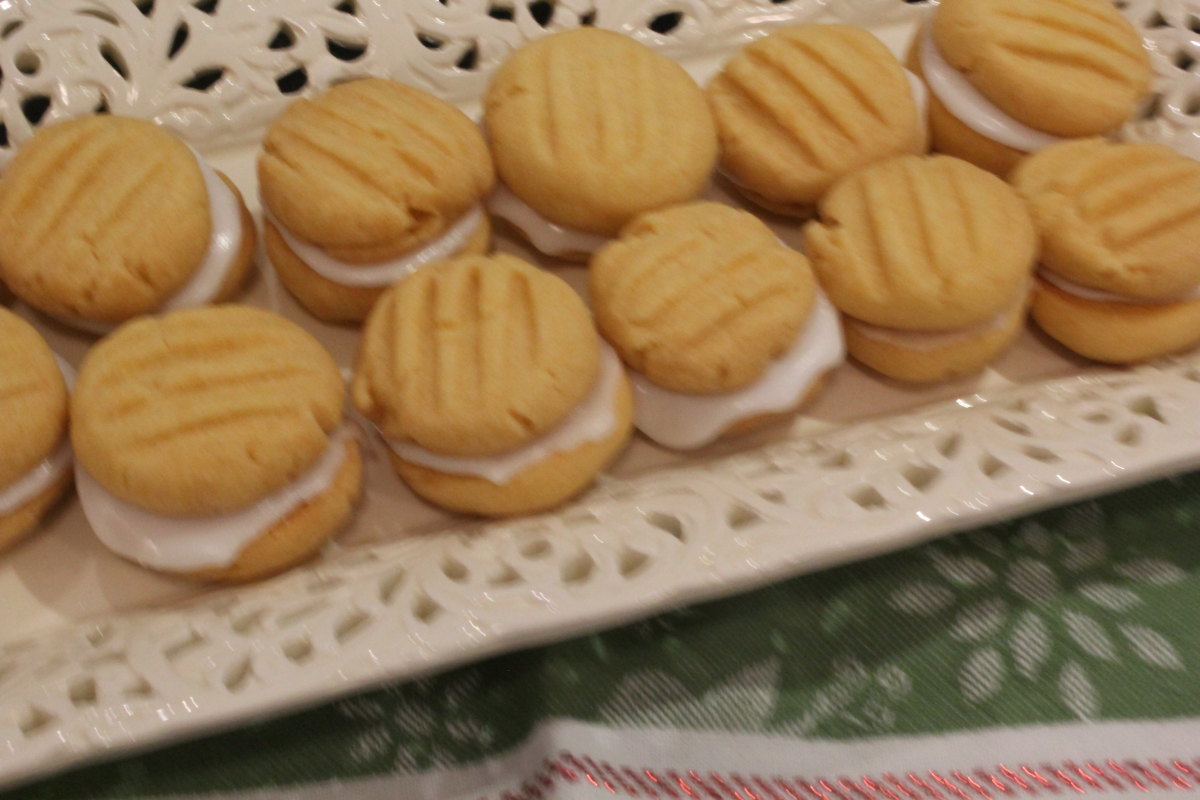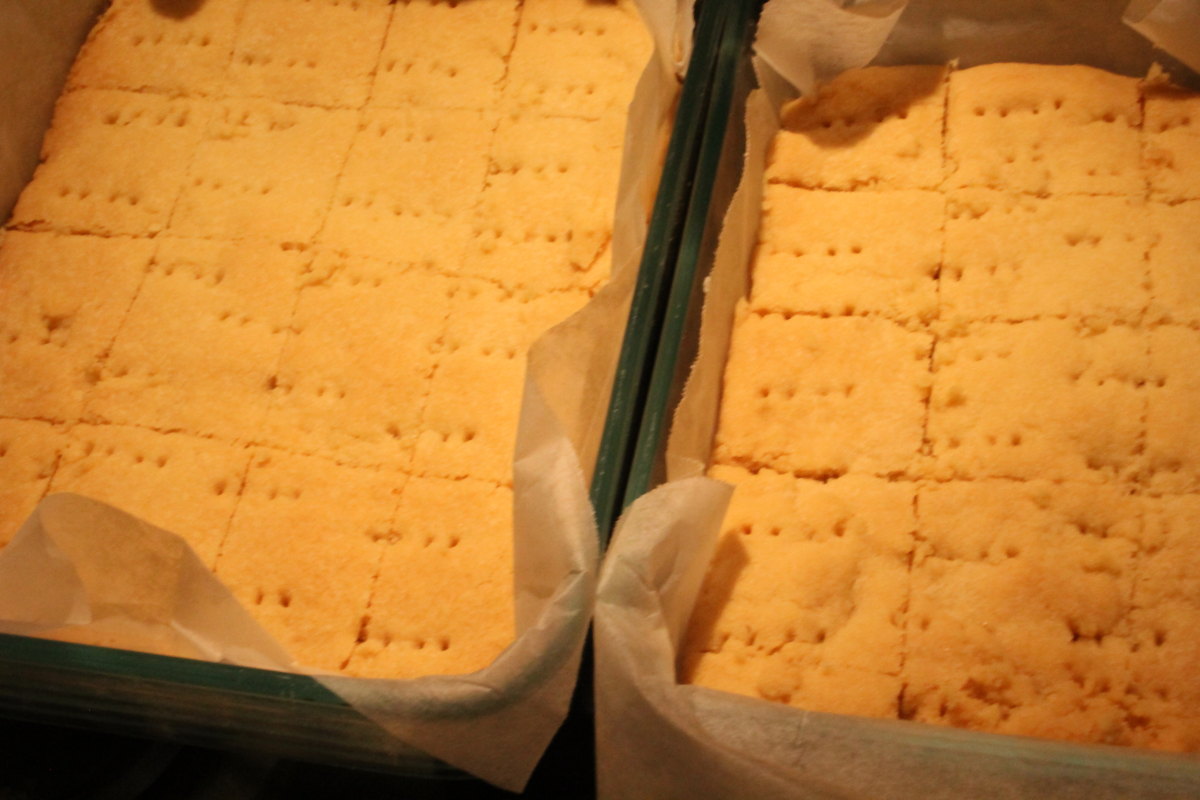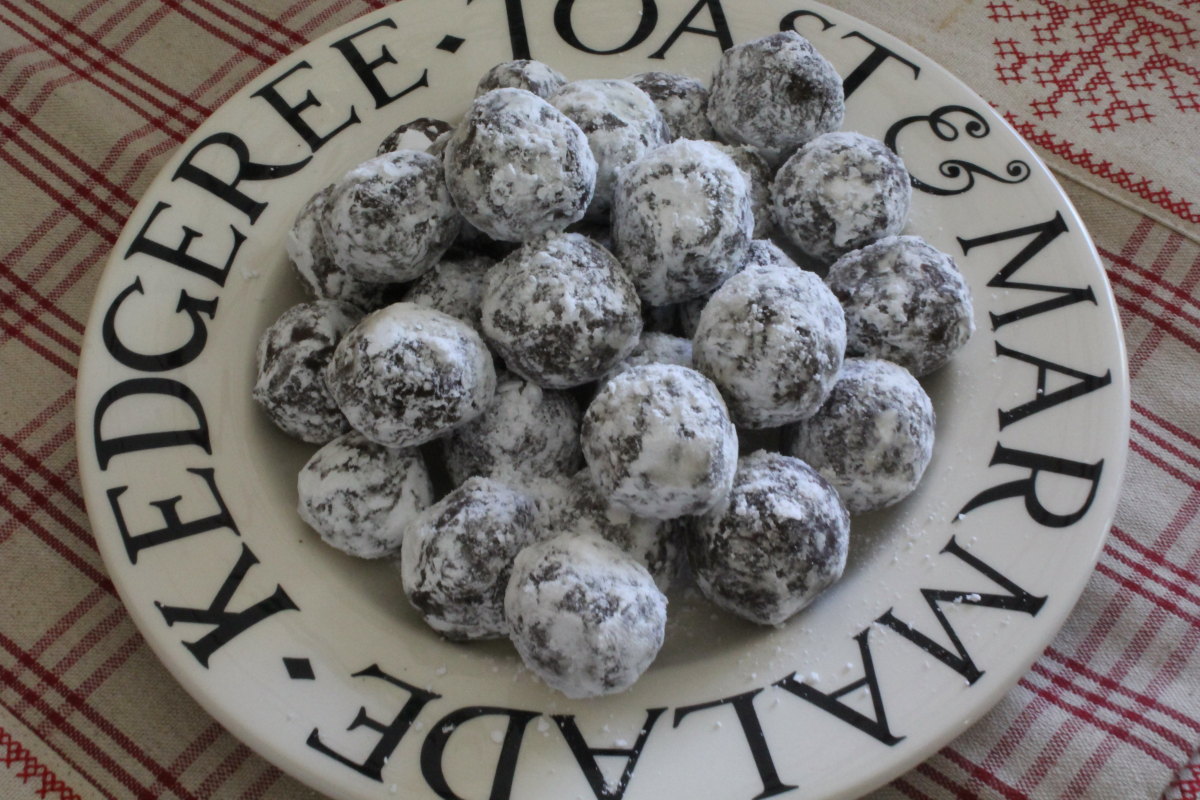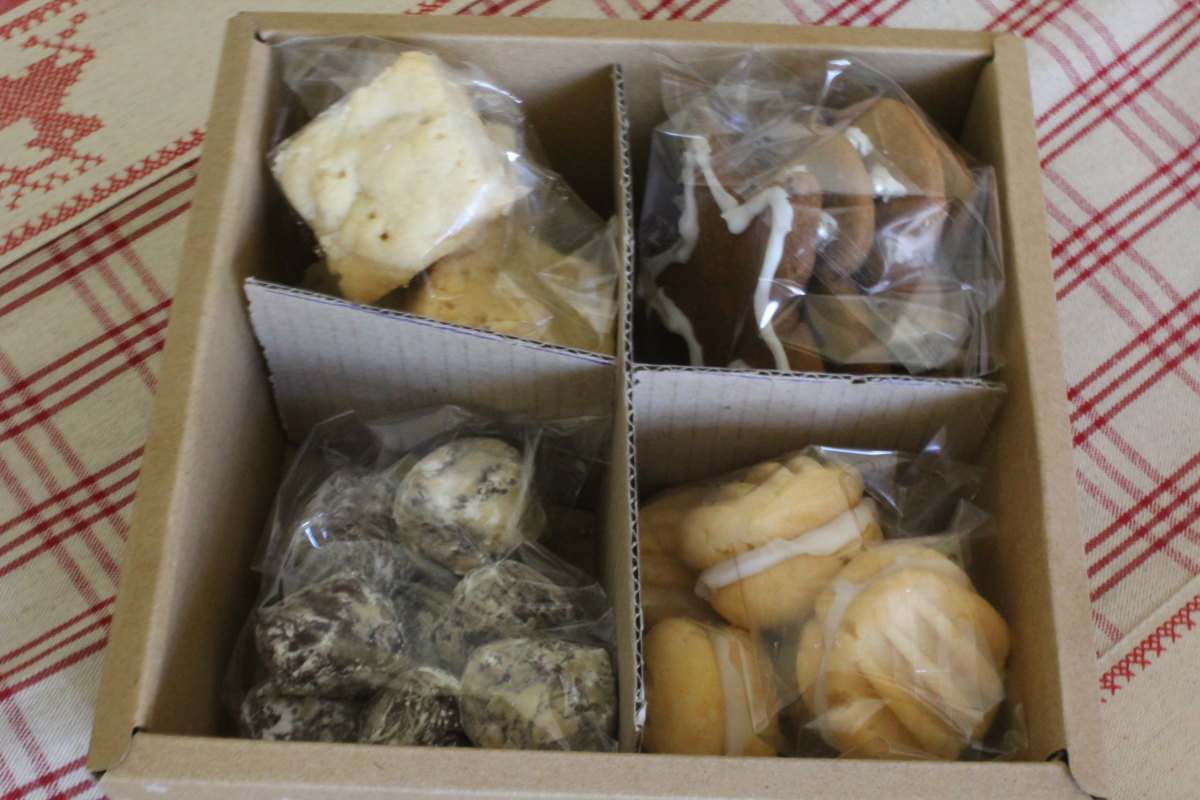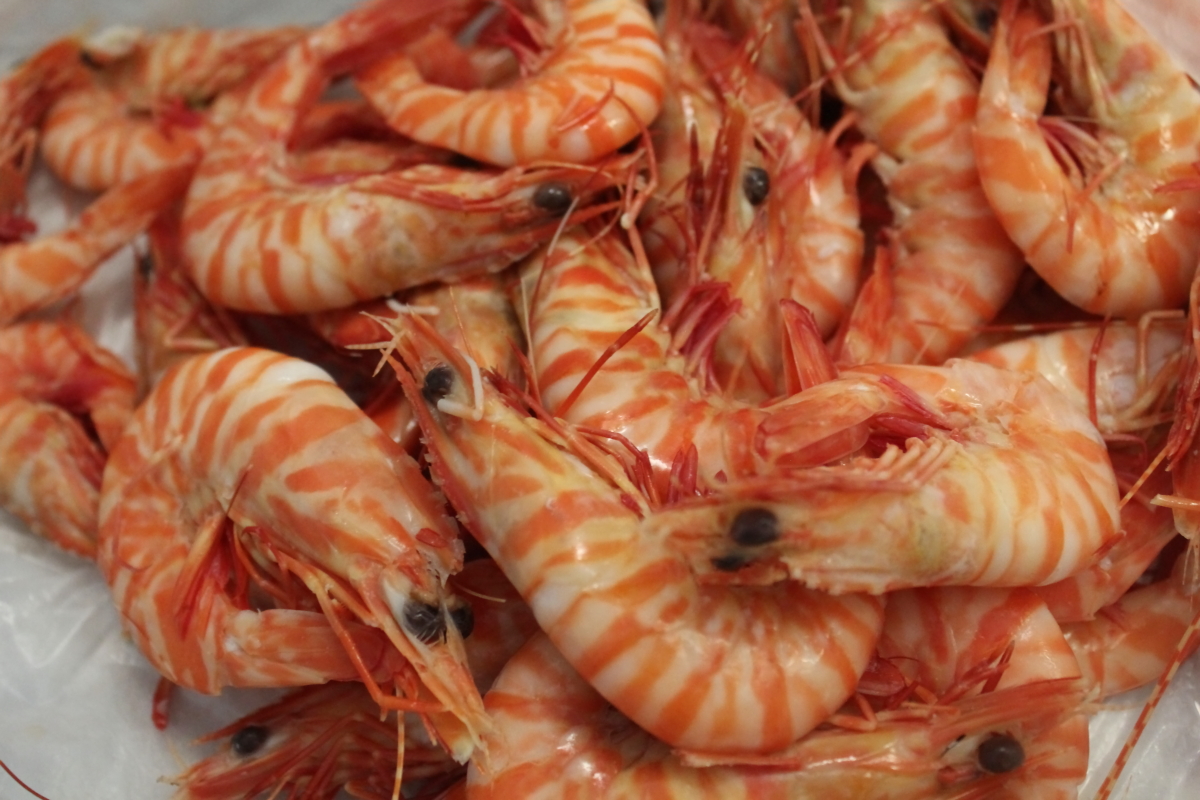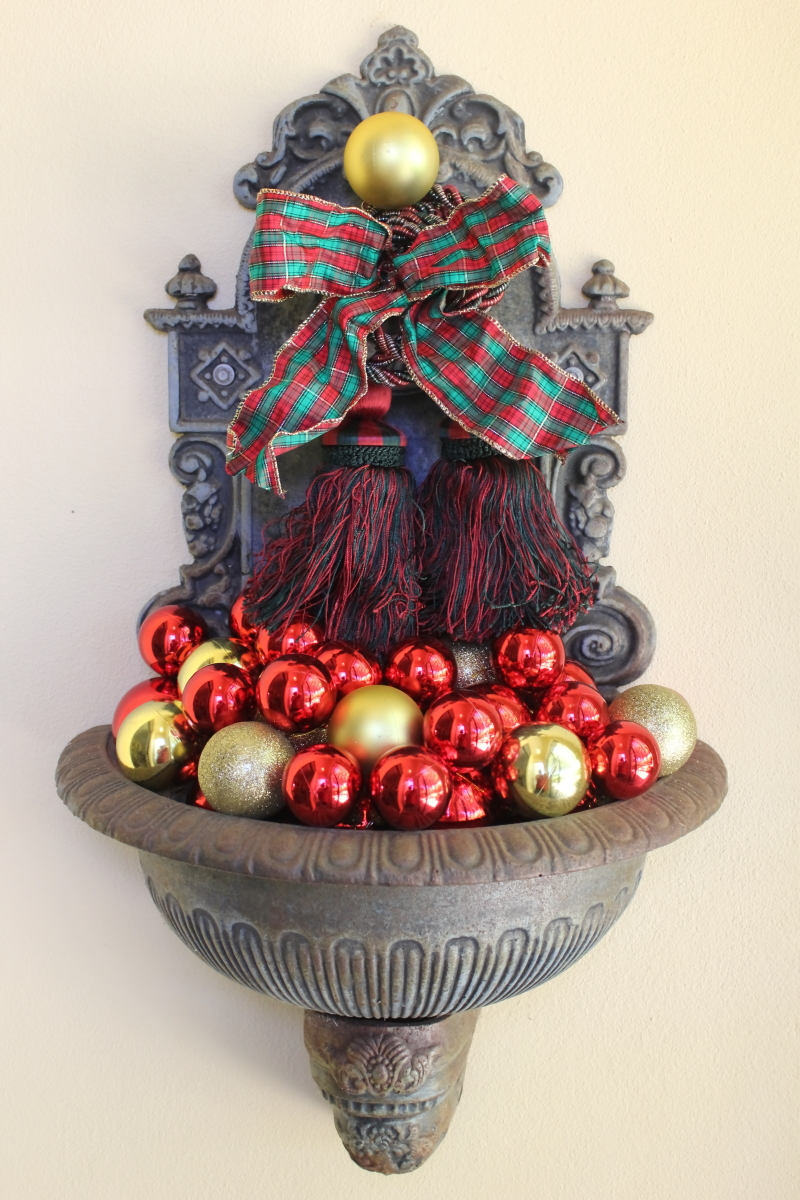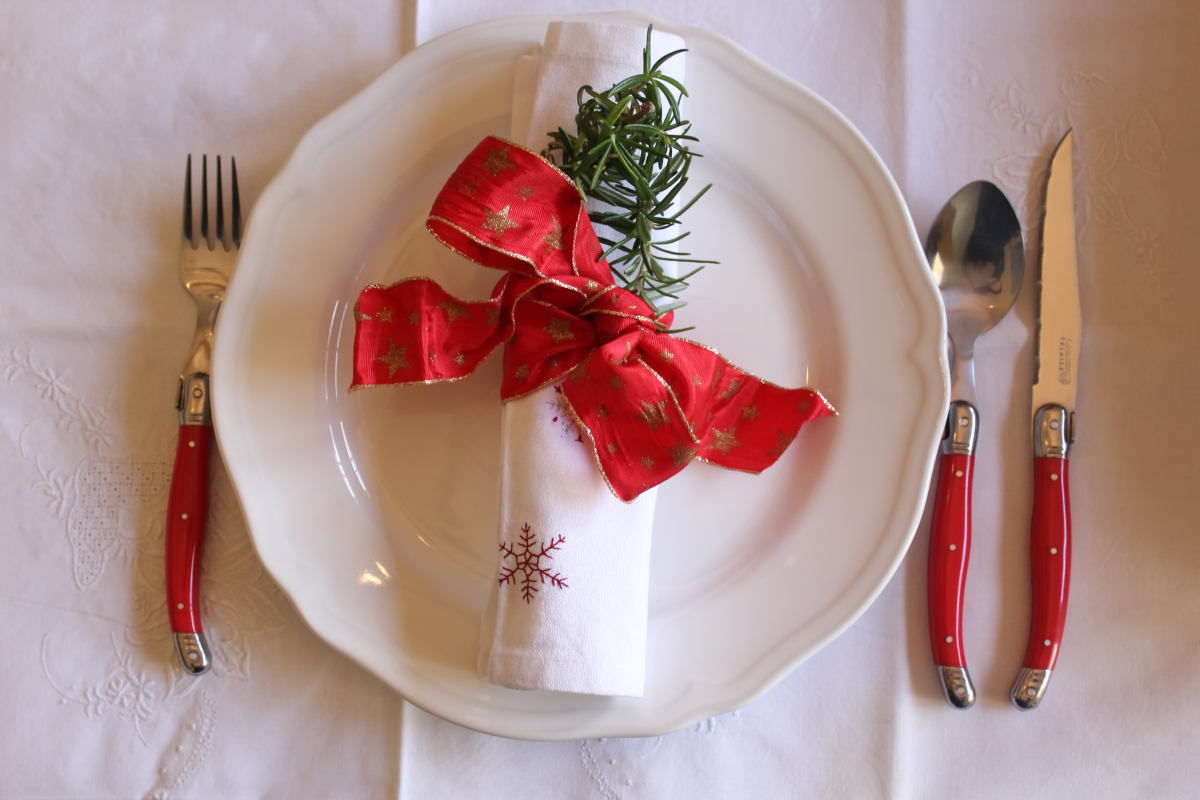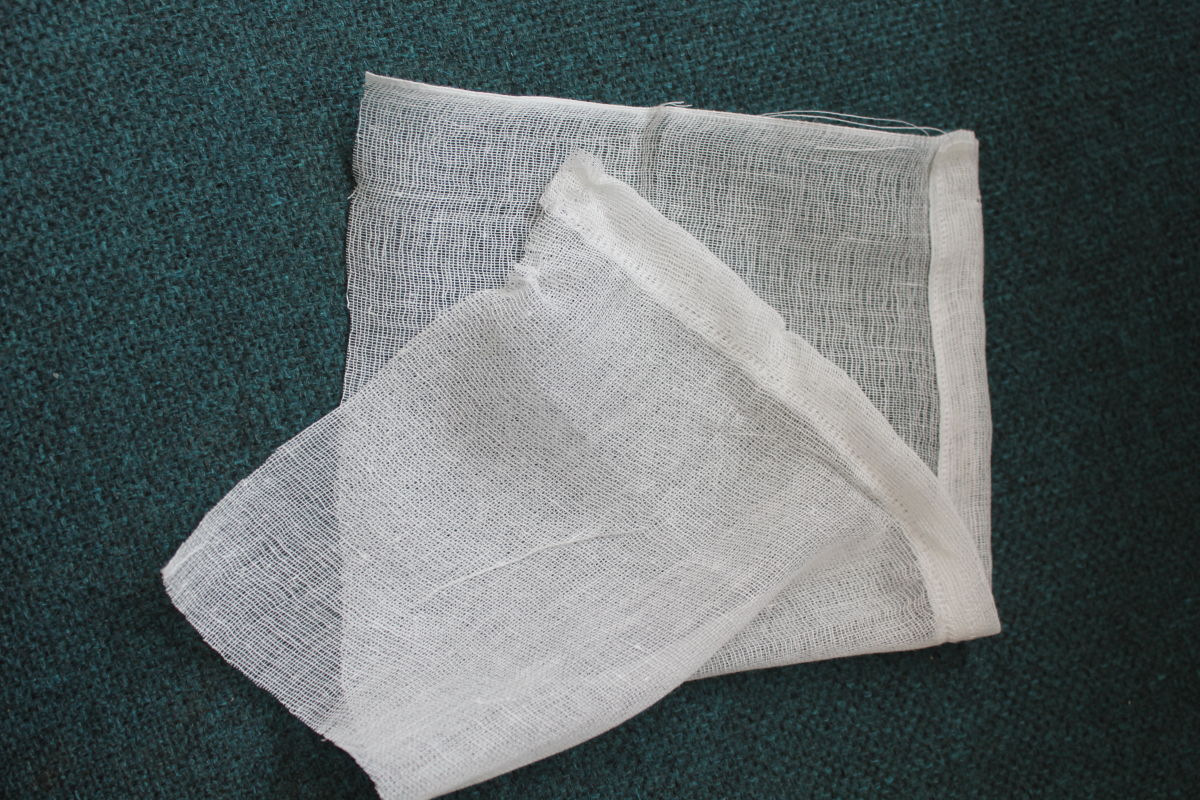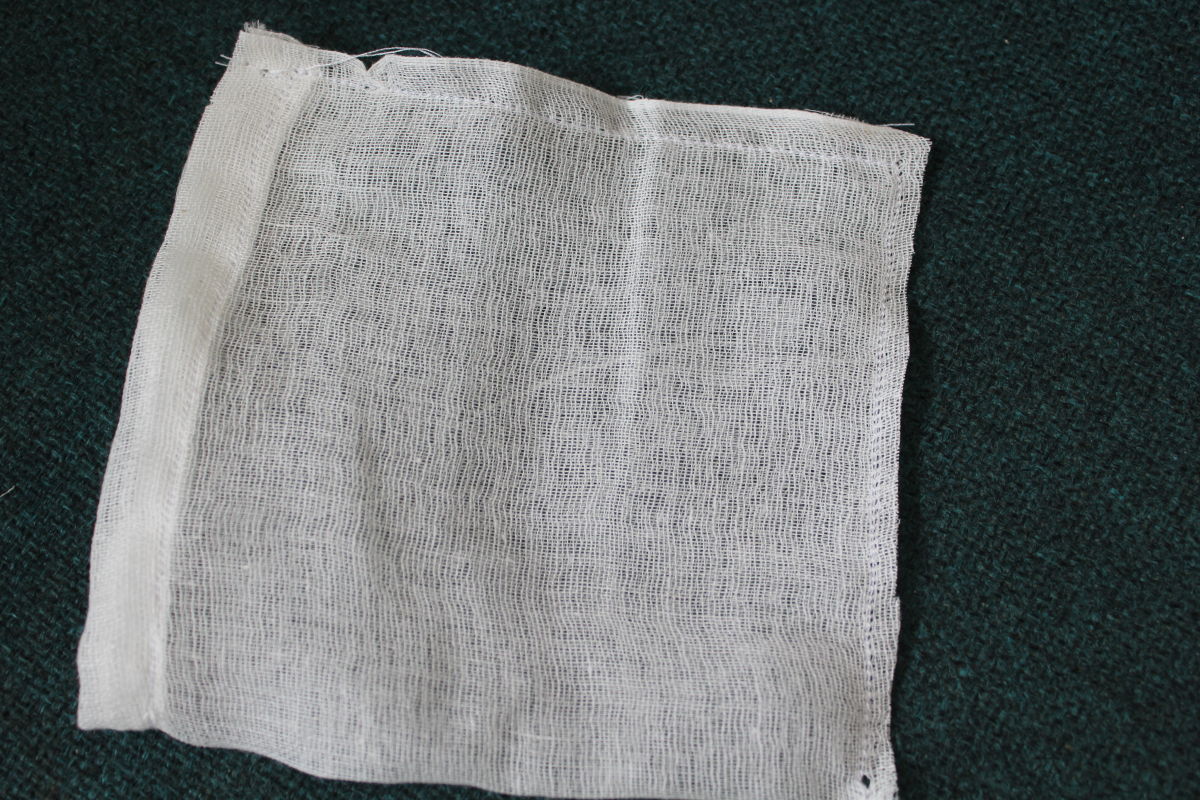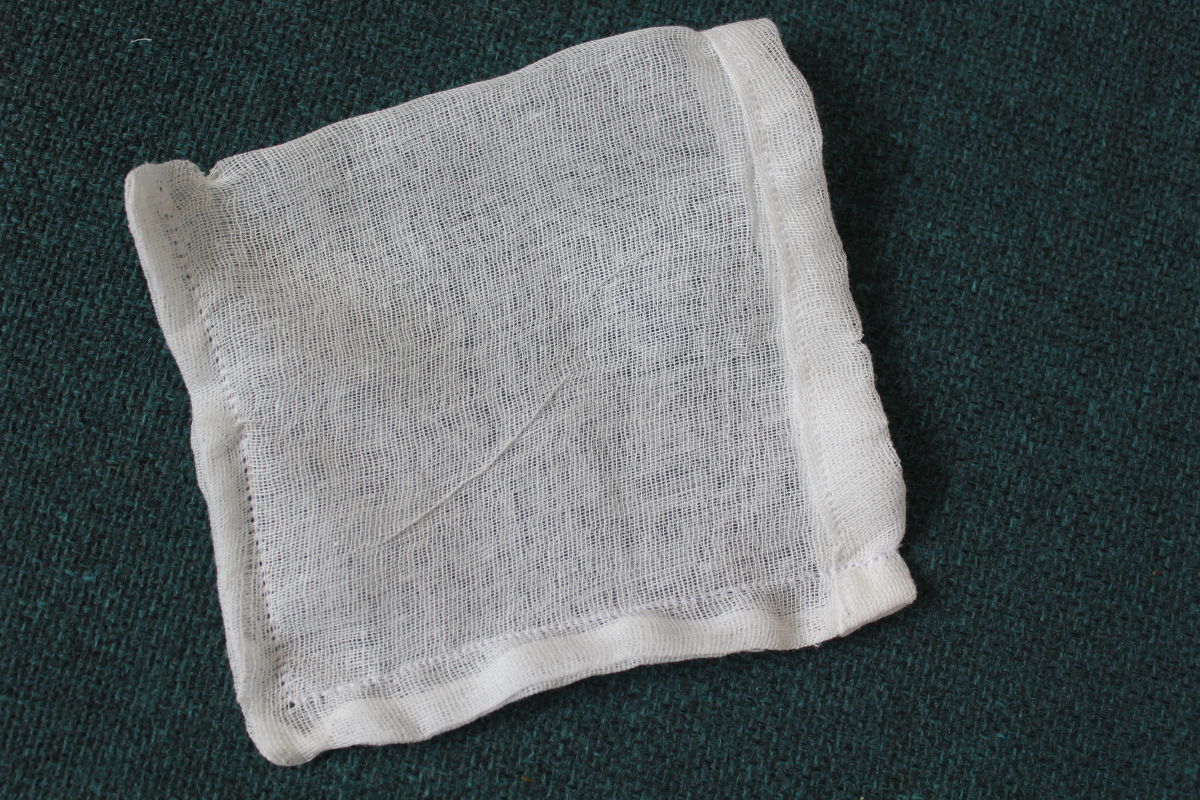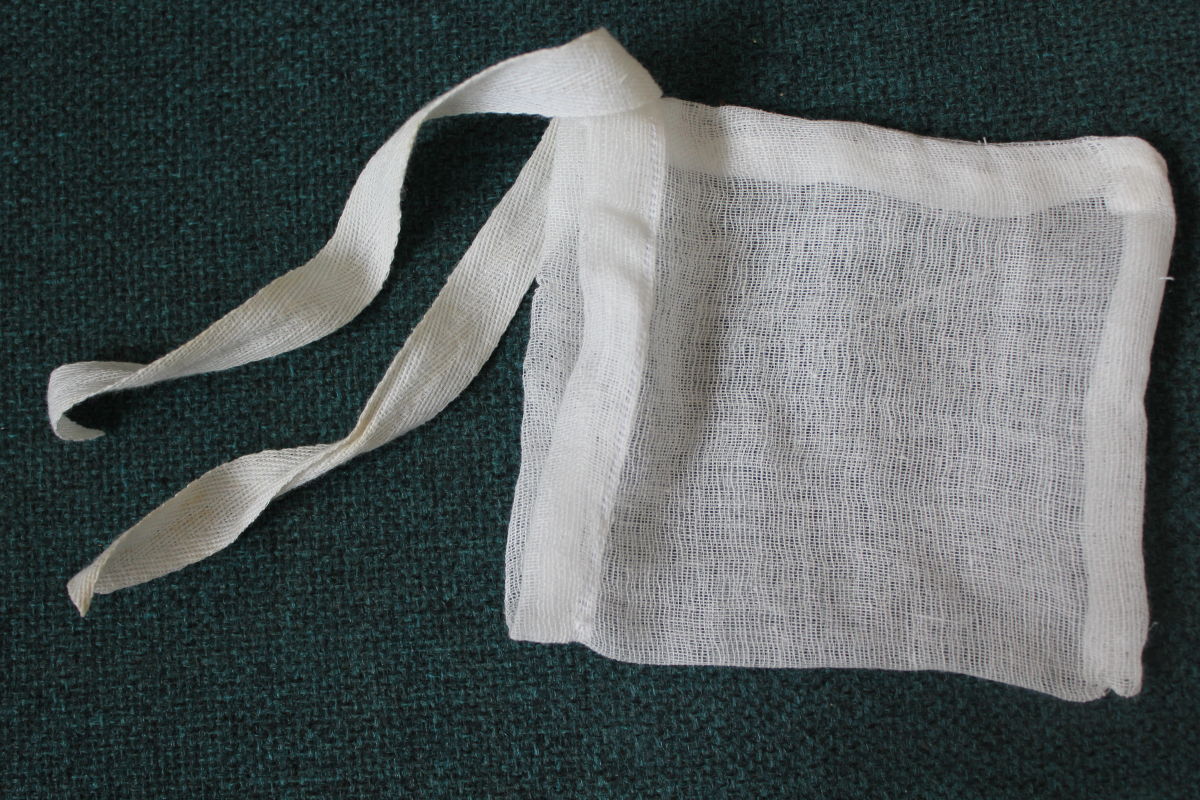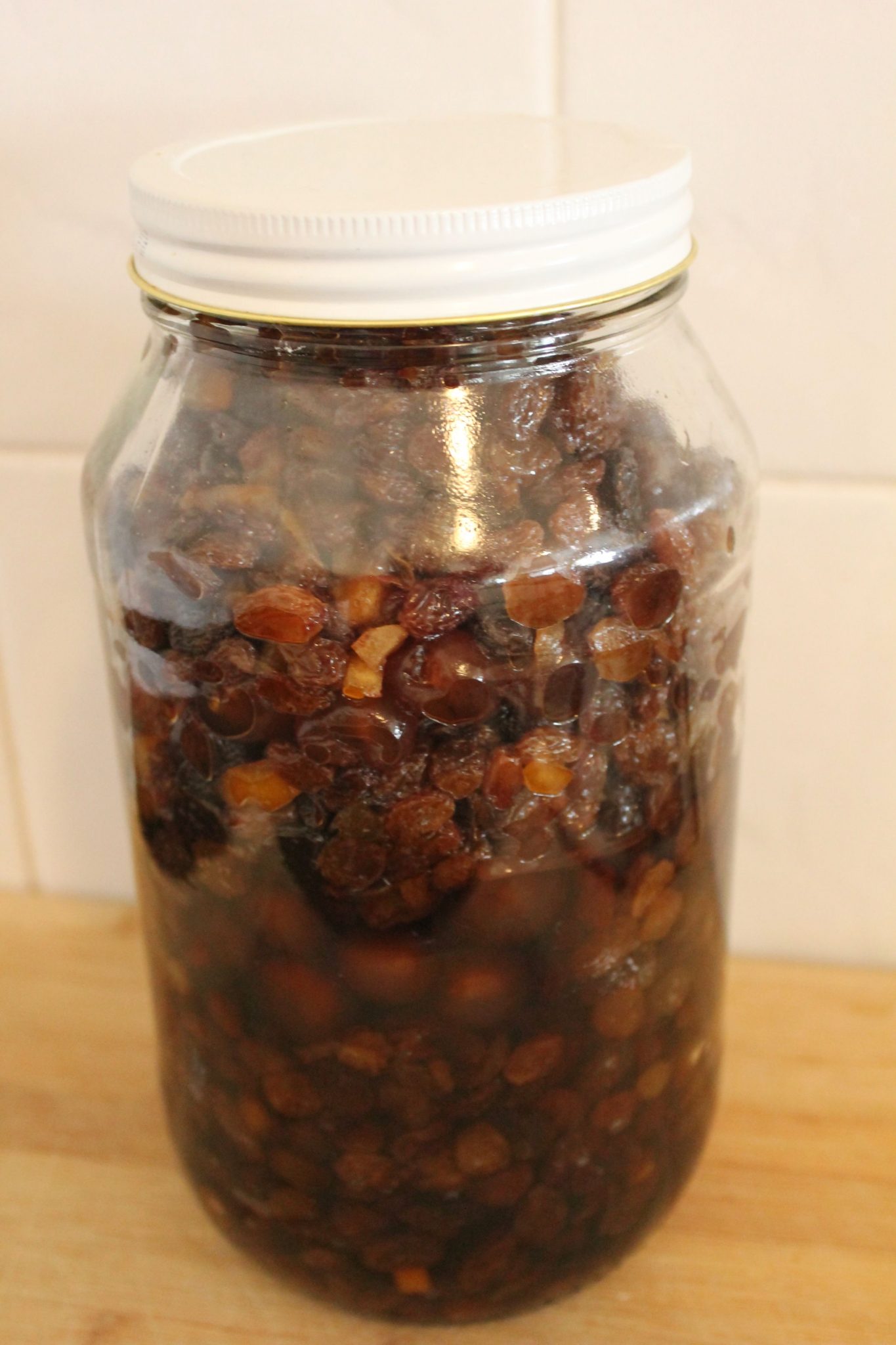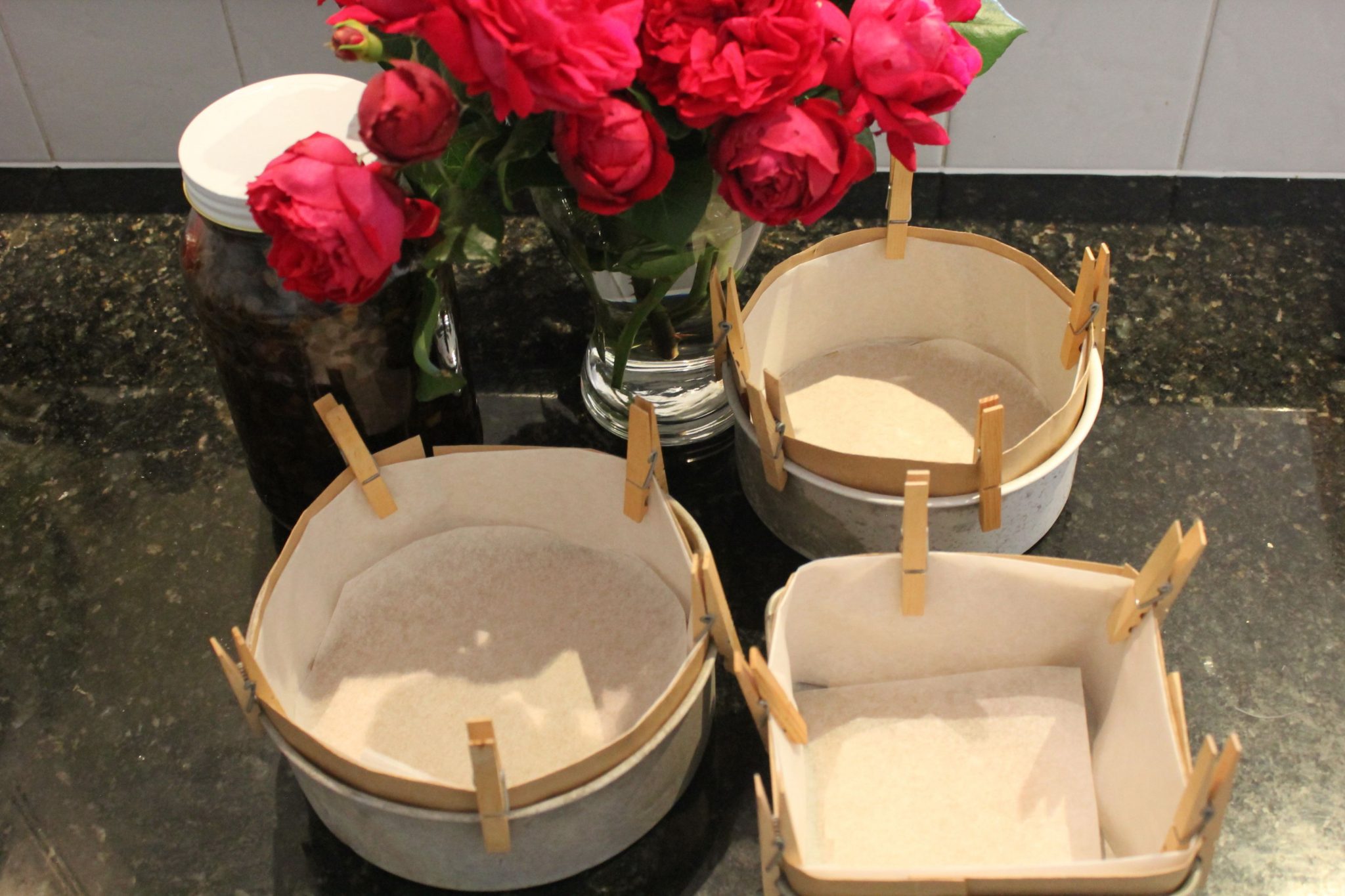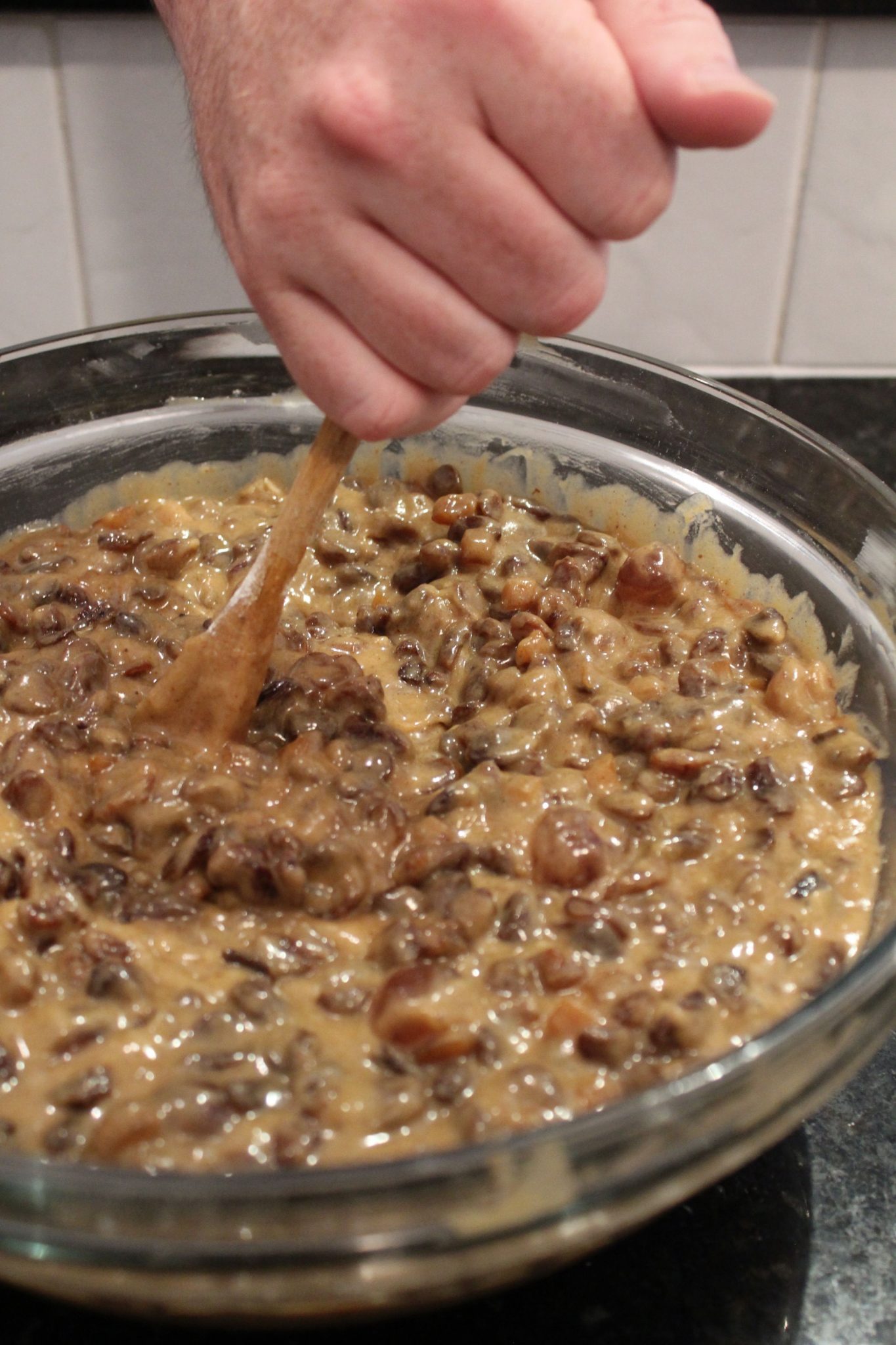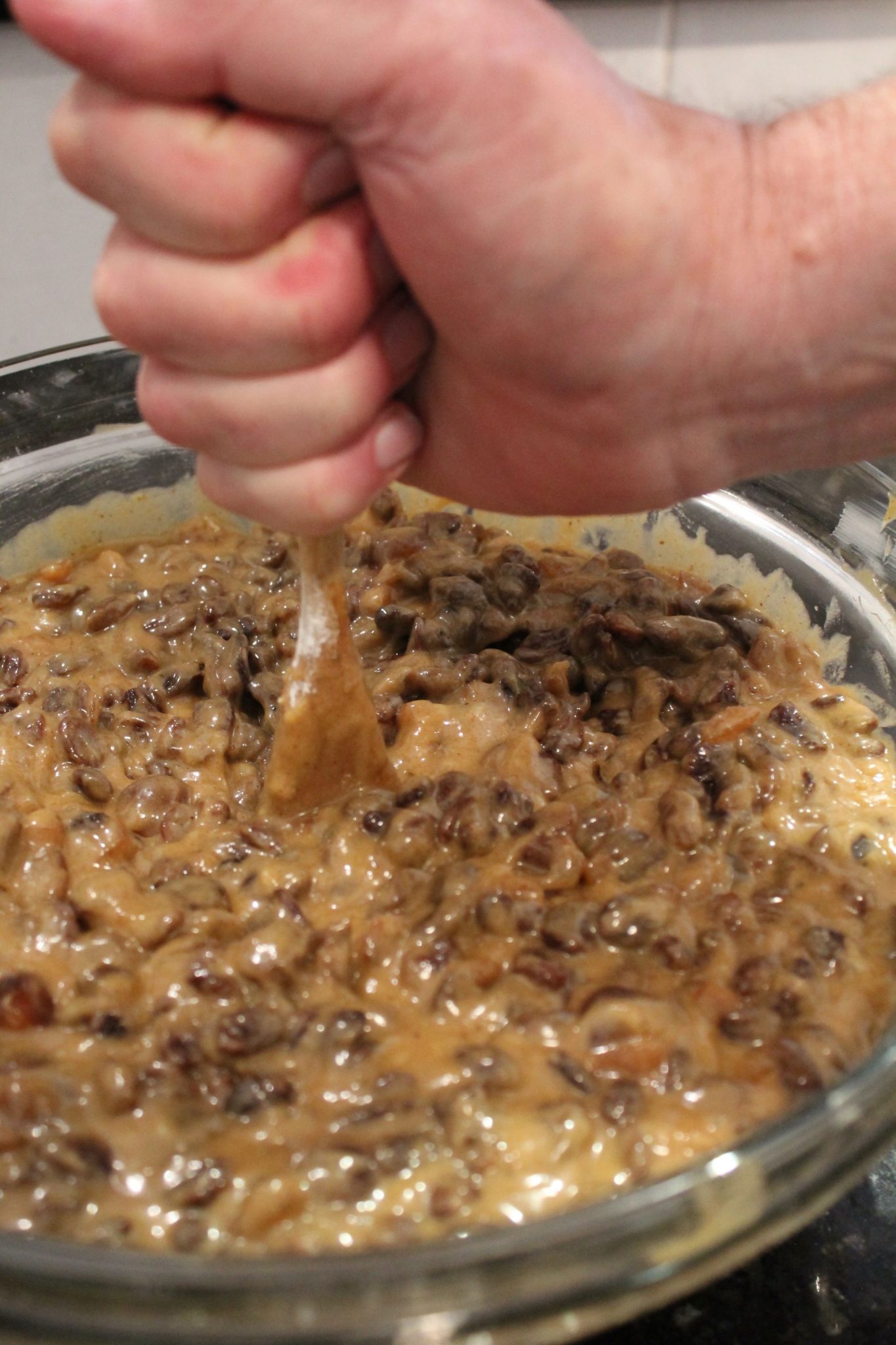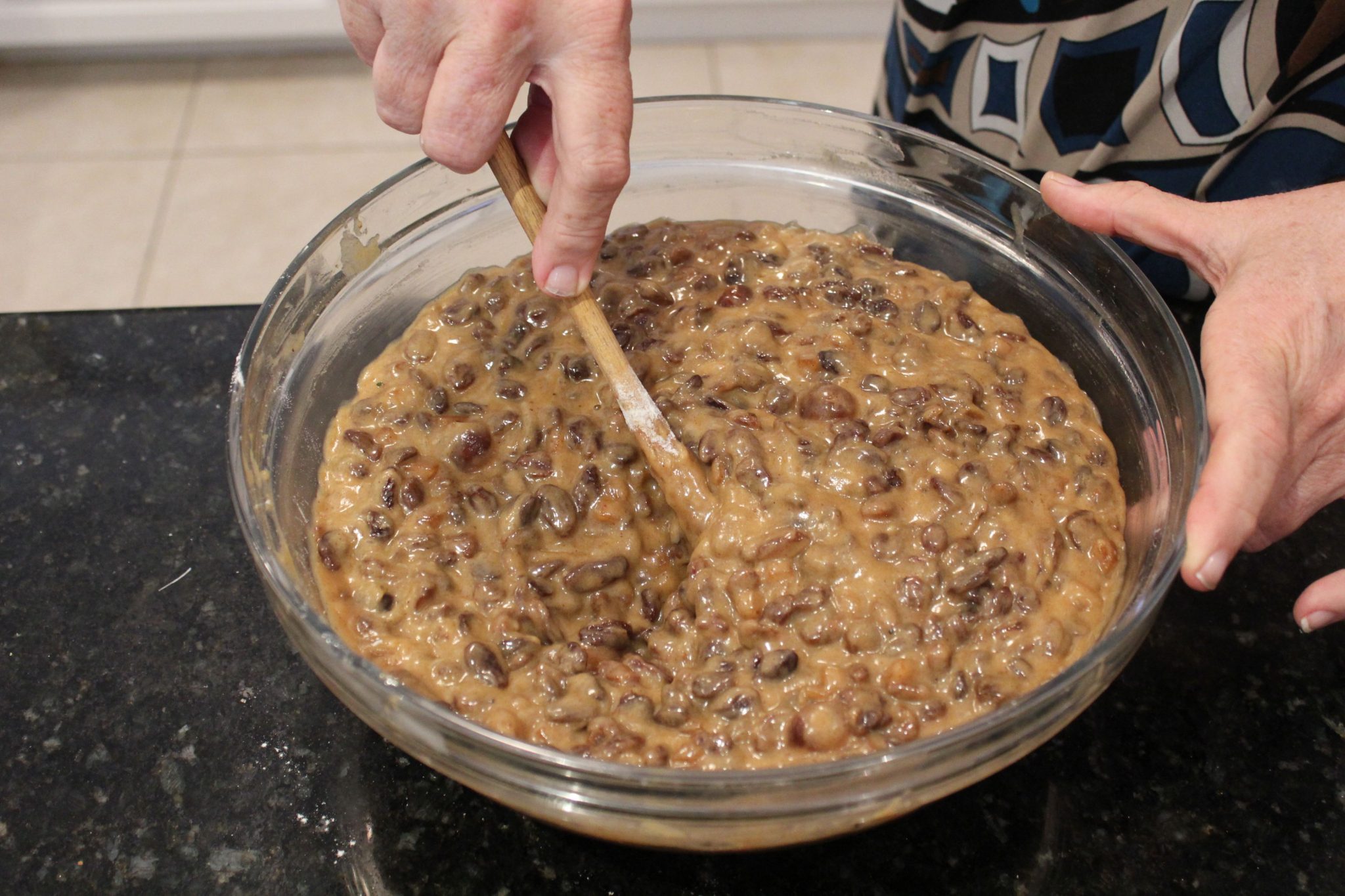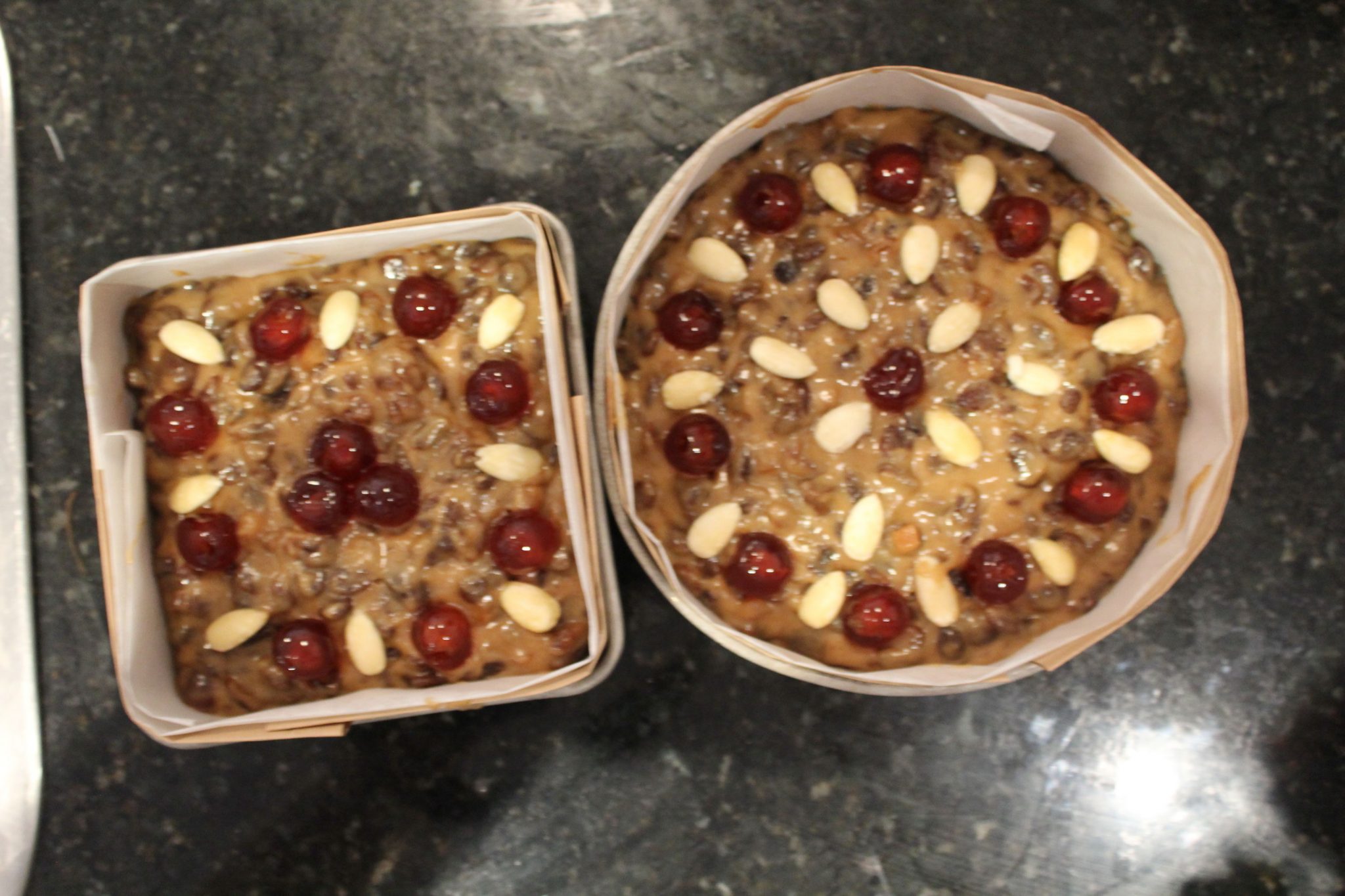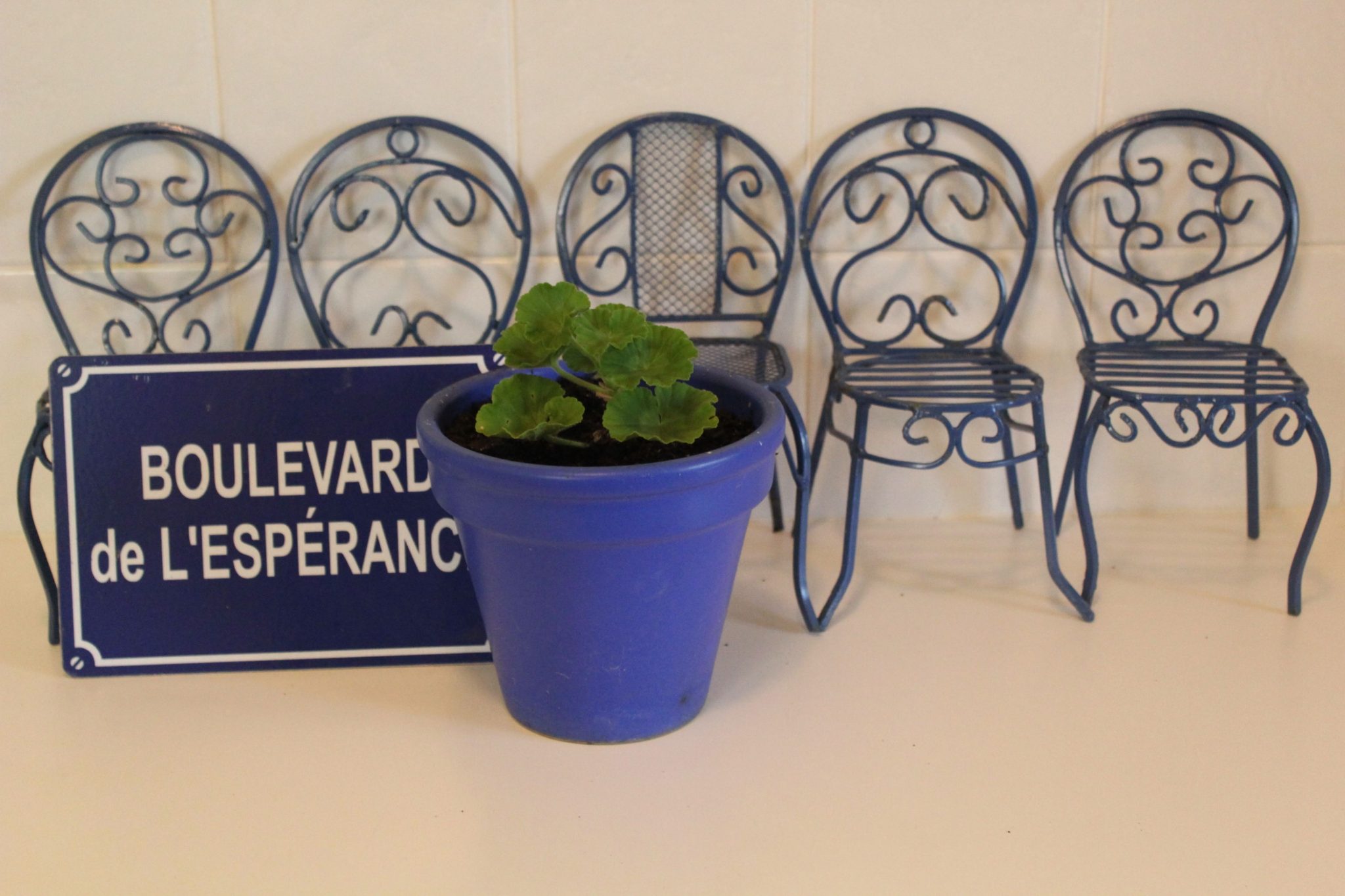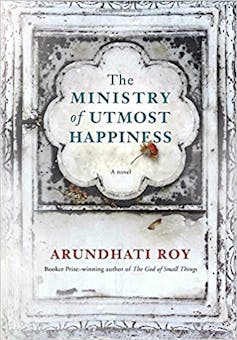

What are you watching on television? We have nearly 20 free-to-air channels and still struggle to find programs we want to watch each evening.
I grew up on a farm and we didn’t have mains electricity until I was 12 years old. We had a 32 volt generator which my father would start each evening for lighting, but apart from the radio, I don’t remember other electrical appliances. We had a slow combustion stove ( commonly called a wood stove, wood being the fuel it used) which meant there was always a hot kettle and hot water, but no television.
When we got mains electricity we also got a TV but only during the school holidays. On school days we went to catch the school bus at 7AM and got home about 5.15PM, we’d have afternoon tea, do our jobs, bathe, have dinner and go to bed, ready to do it all again the next day. So maybe there was only time to watch TV during school holidays.
By the time we got electricity connected my grandparents had left the farm to live in town and they had a large, remote control TV in a wooden frame. It was very grand! They liked to watch news and post news commentaries which I didn’t find very engaging so I continued to read and read as staying in town meant access to the library every day if I wanted.


Watching television has changed over time. It is no longer something you just watch but can involve interacting using hand held devices and split screens. It’s still not very exciting.
So, we rely on recordings, Netflix or on demand services, but actually we don’t watch much TV anyway. We are not alone; recently in a group of friends this was the topic of conversation and almost everyone said they watch much less TV than they used to watch. Fake news, reality programs about cooking and renovating and repeats all got a mention as turn offs.
Nearly everybody I spoke to watches Escape to the Country, an English program started in 2002, where city dwellers are shown three homes in their chosen area matched to their preferences. As viewers we also see small rural villages and sometimes iconic houses as well as local craftsmen and women and learn things about each region. All interesting as Australian viewers. There’s something addictive about seeing inside other peoples’ homes, too, and listening to the things they like and the changes they’d make.


Statistically, a huge number of people watching TV are also reading, on their various devices, doing crosswords, shopping, chatting, eating or partially engaged in some other activity. Very few people are focused solely on the television screen. Me too.
Interestingly, I was just reading an English blog and it was about the same issue. The blogger had asked for suggestions about what she could watch on TV because it was all so banal and she had so many comments from readers about how awful free-to-air TV is and lots of pay TV suggestions. Why has this happened? Is it a worldwide problem?
What are you watching? Do you rely on free-to-air or other sources? Do you watch less TV than you used to? Are you a gamer?
Today is Walk Your Dog Day, so that’s very easy to do, isn’t it? It’s something you can do almost anywhere, so long you have a dog. Great exercise for you and your dog and very sociable. Actually, dogs would like every day to be walk your dog day, I think.


